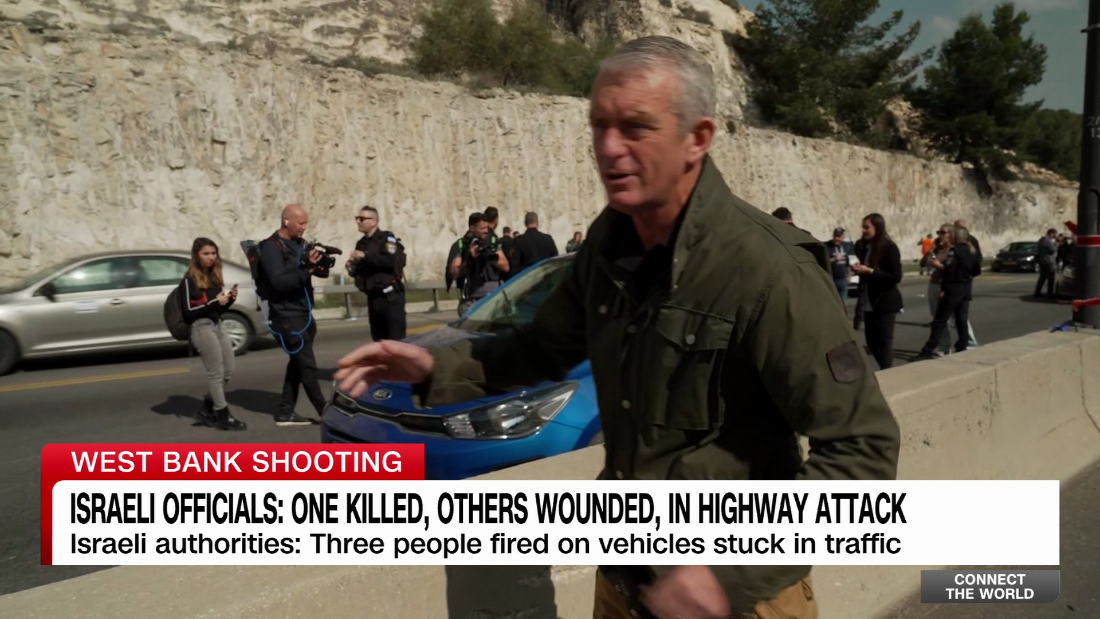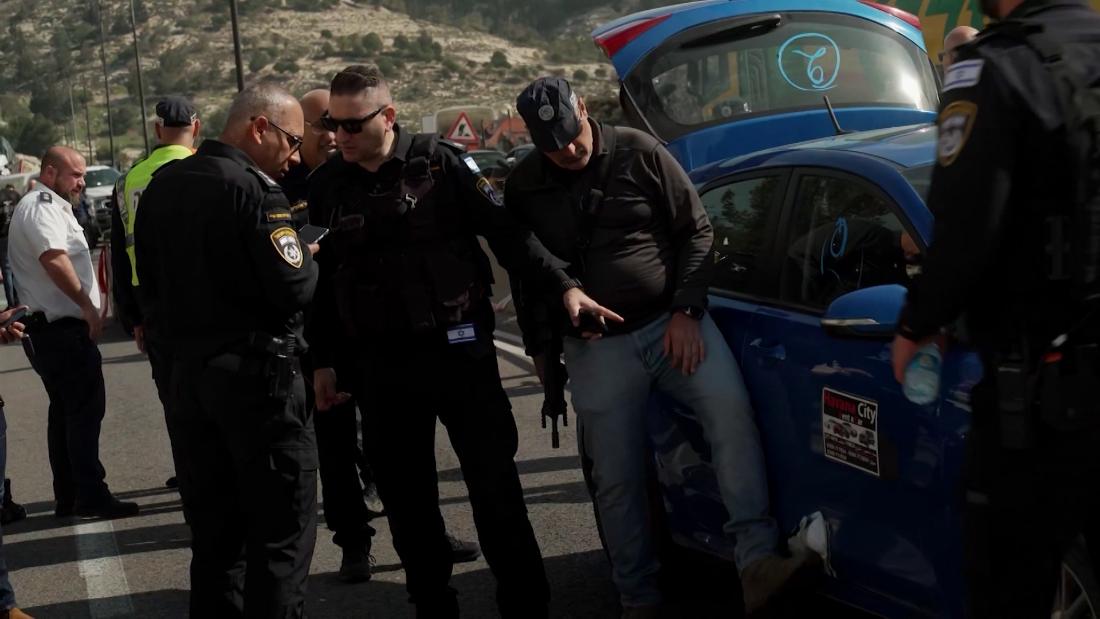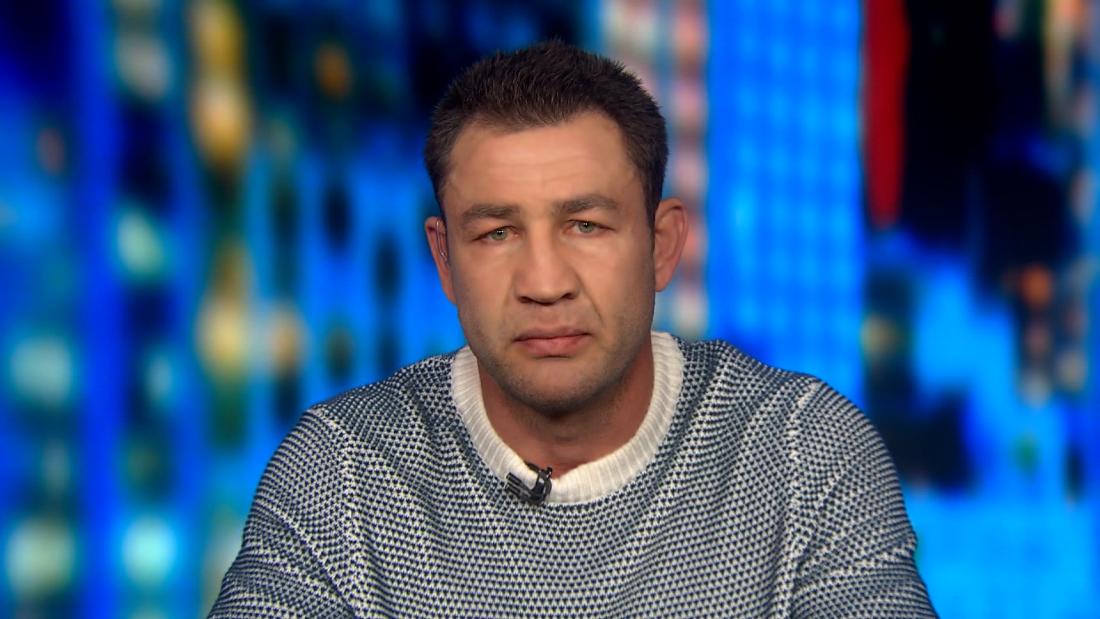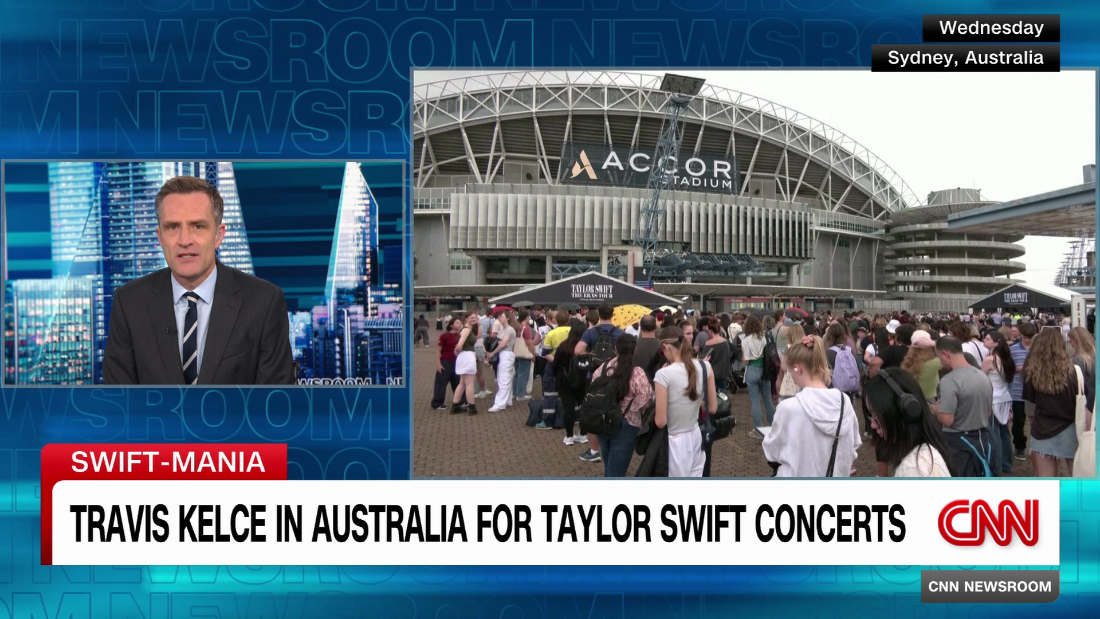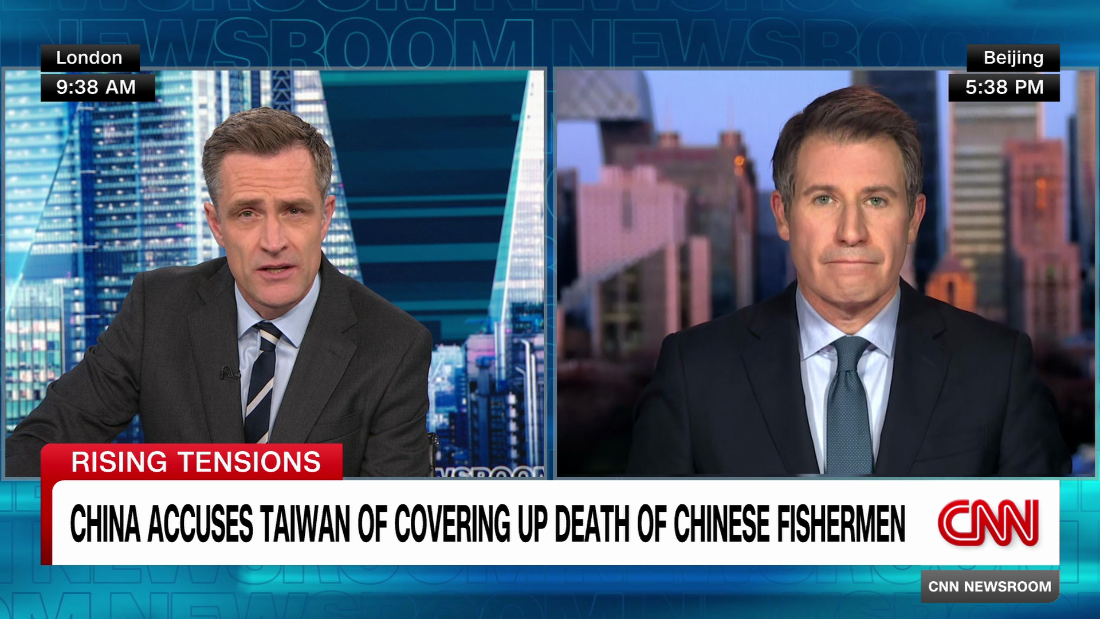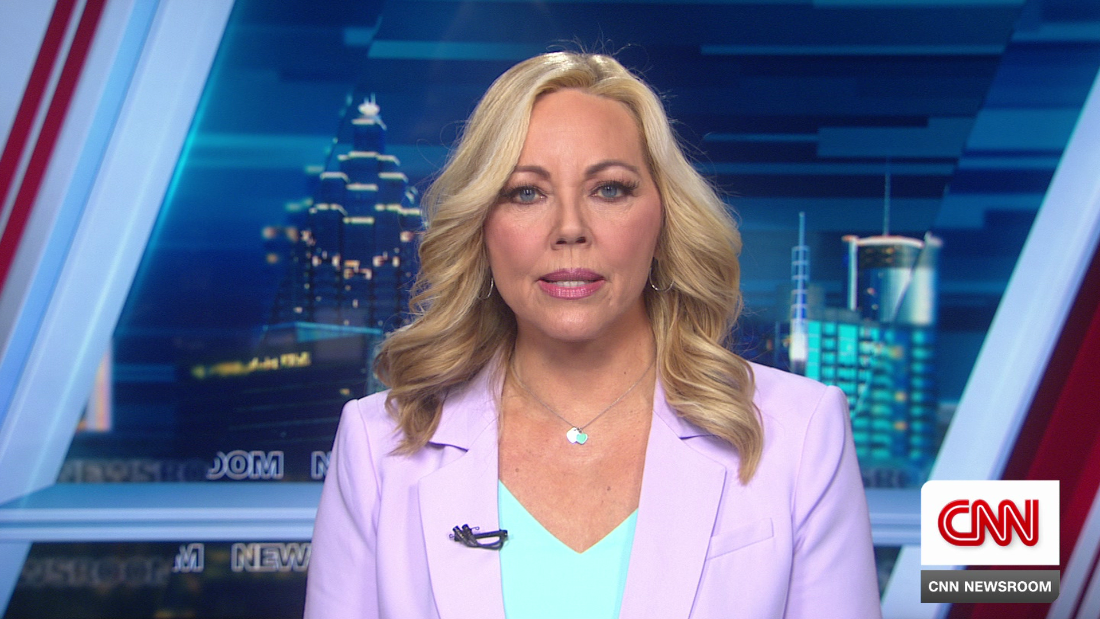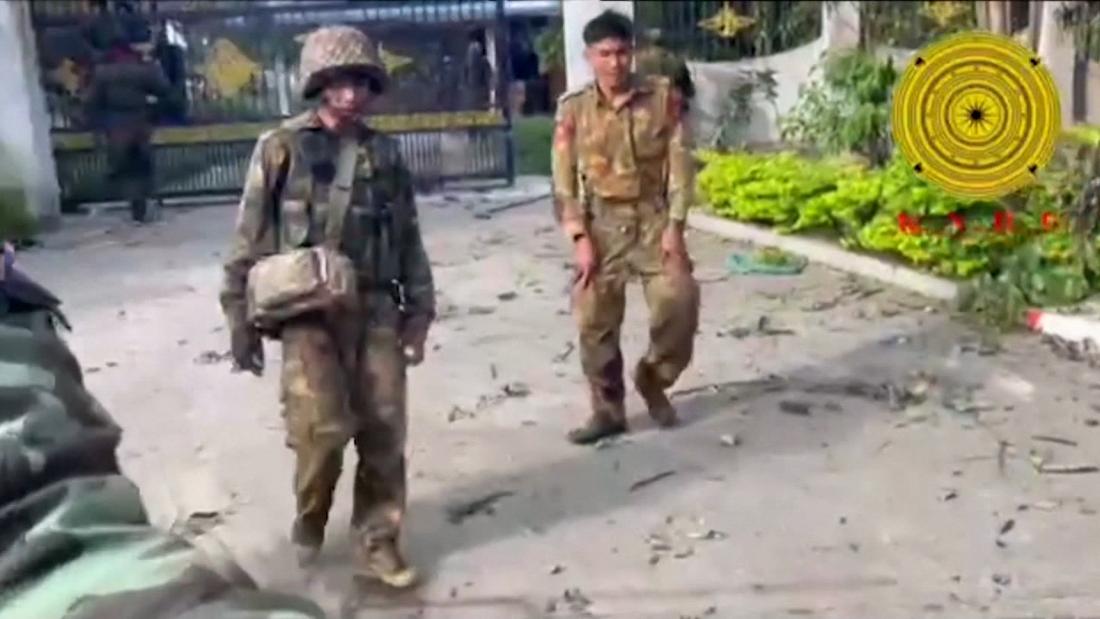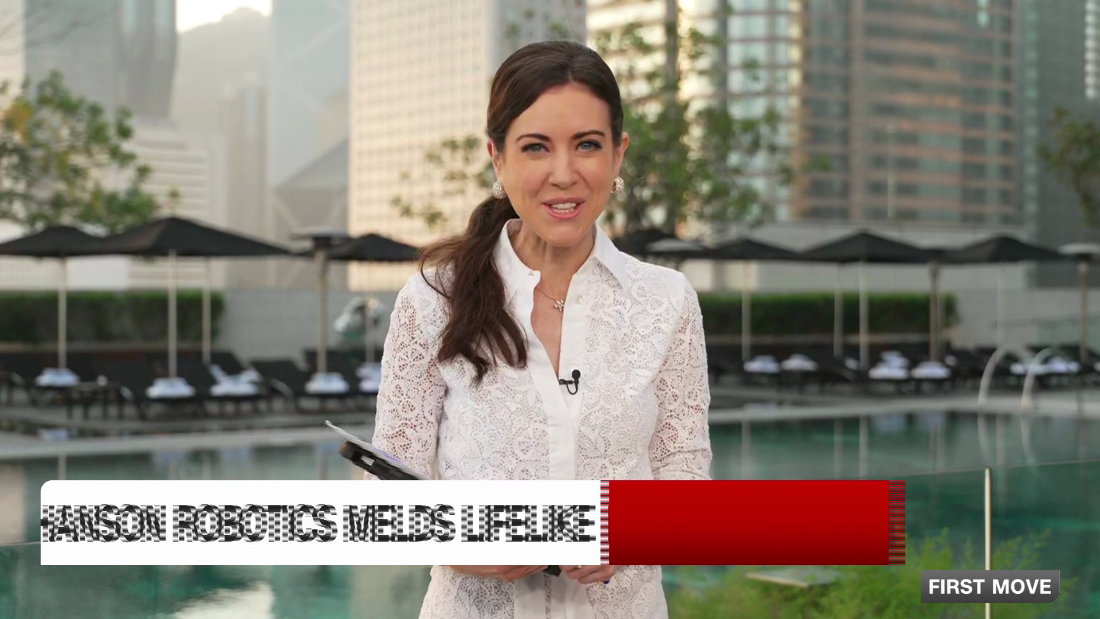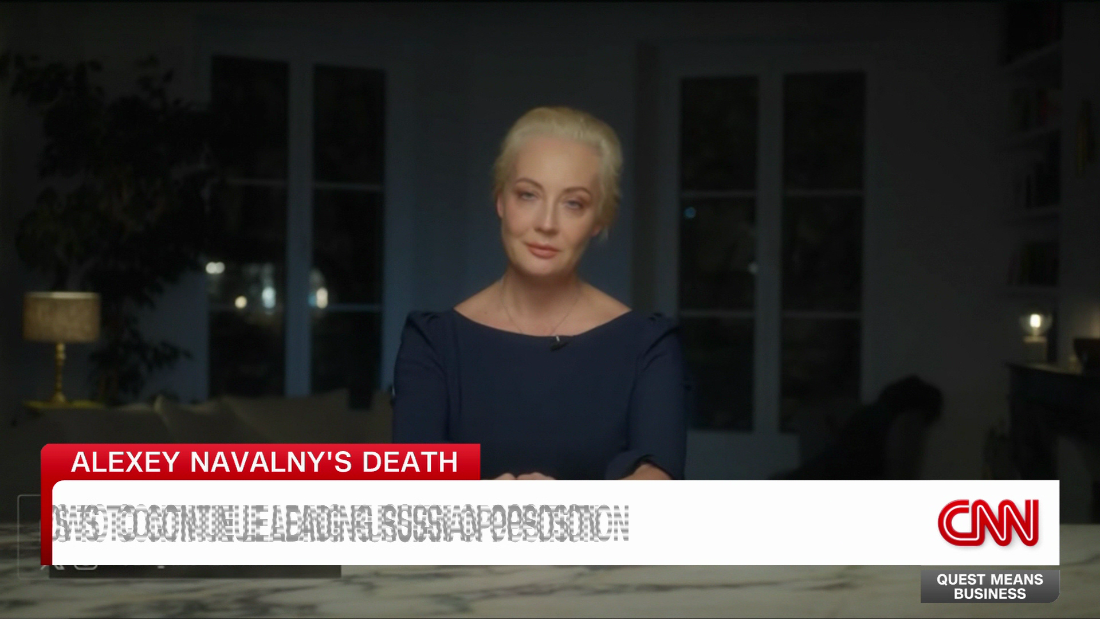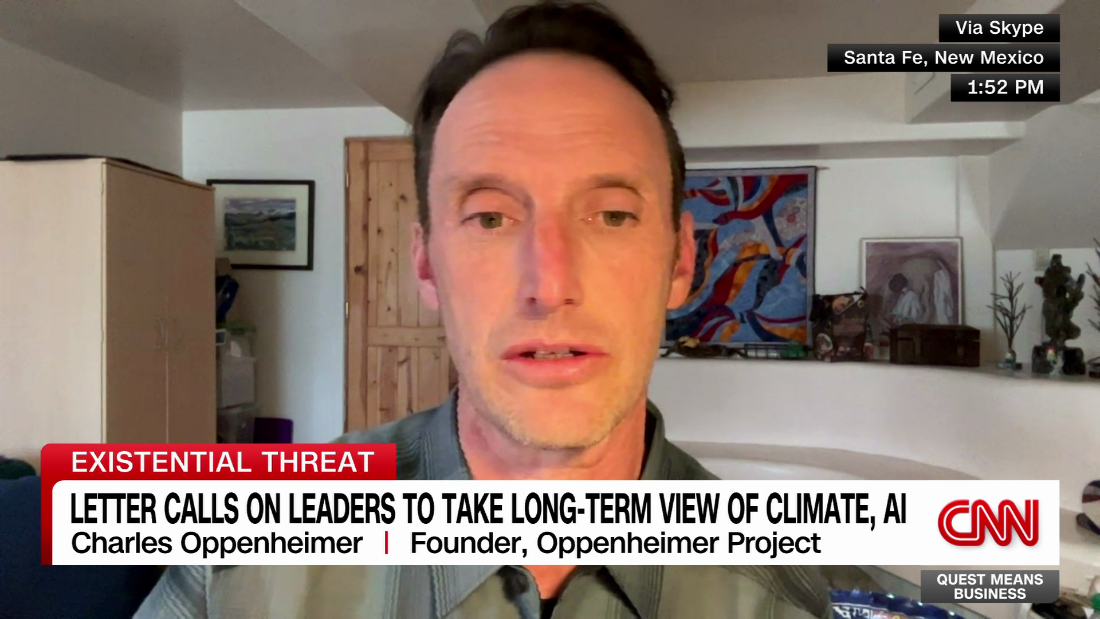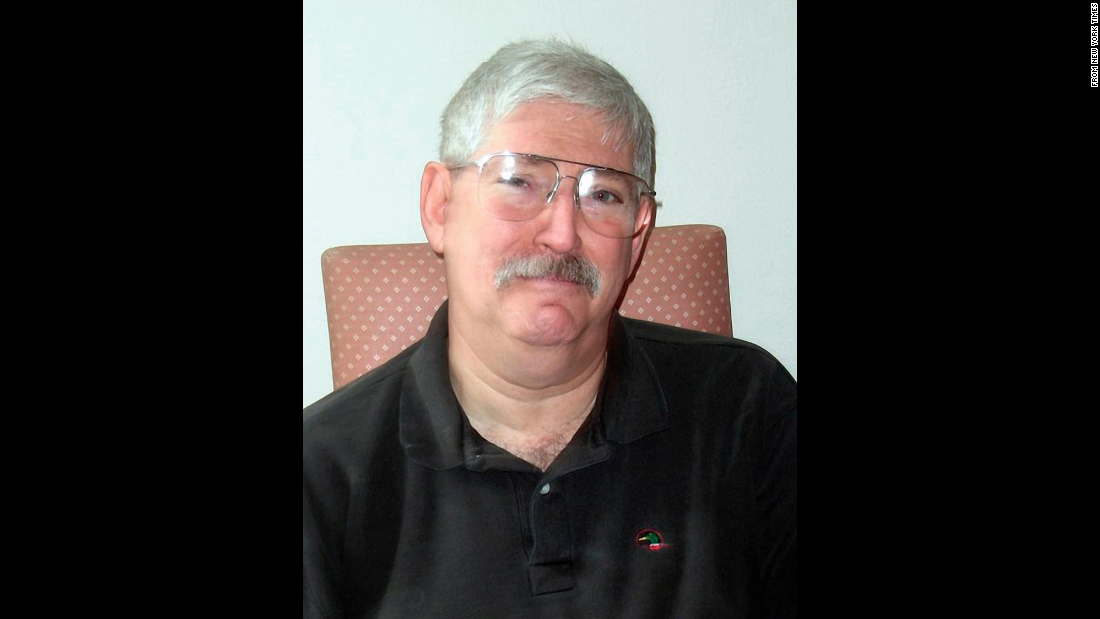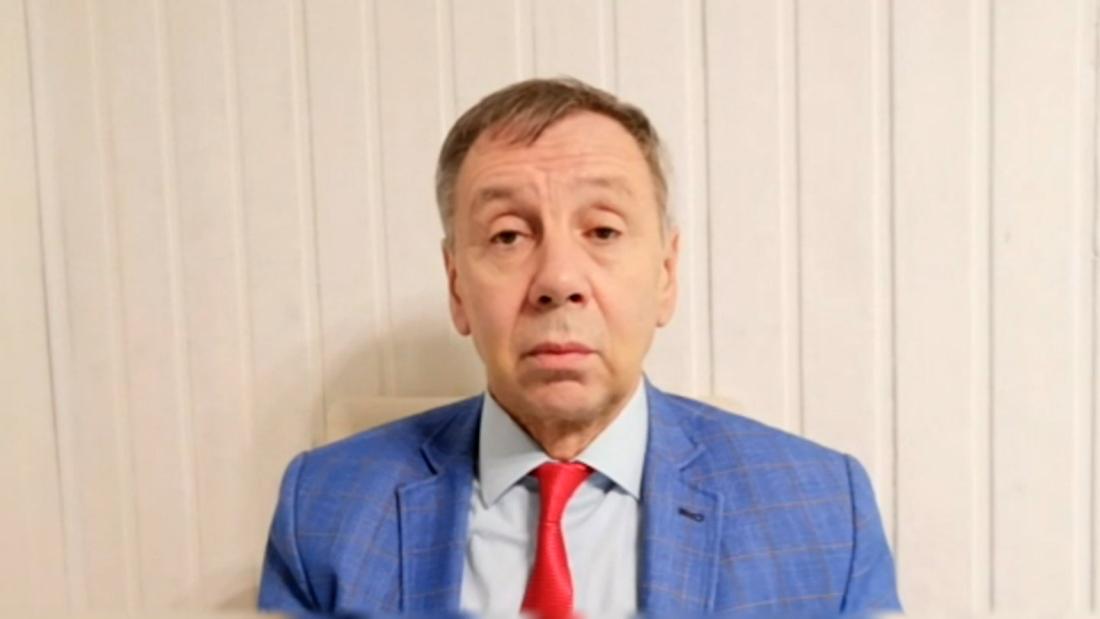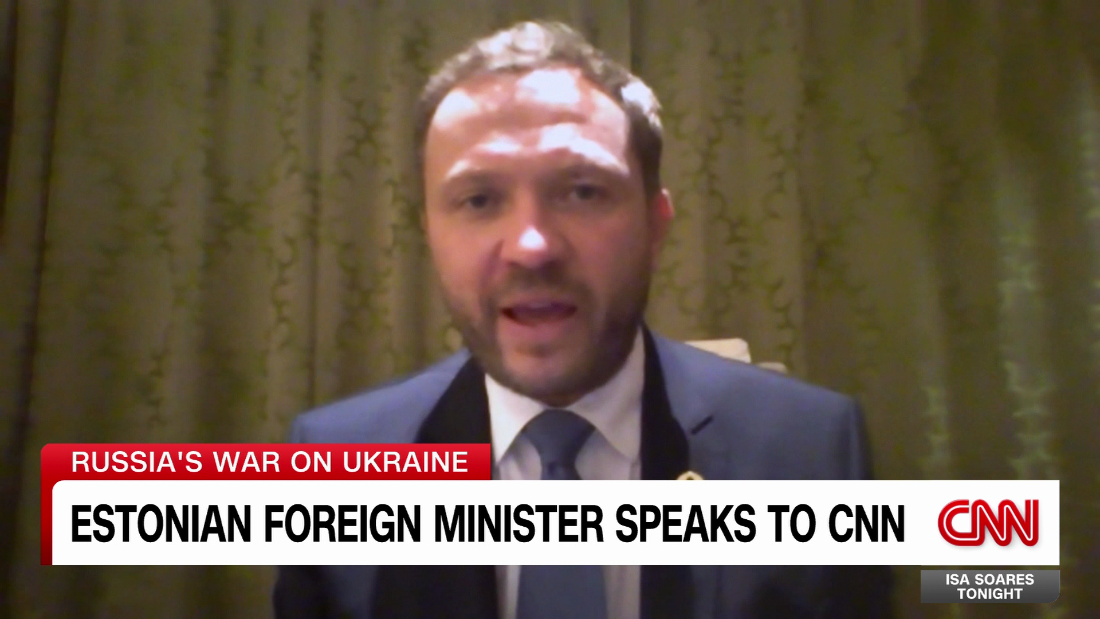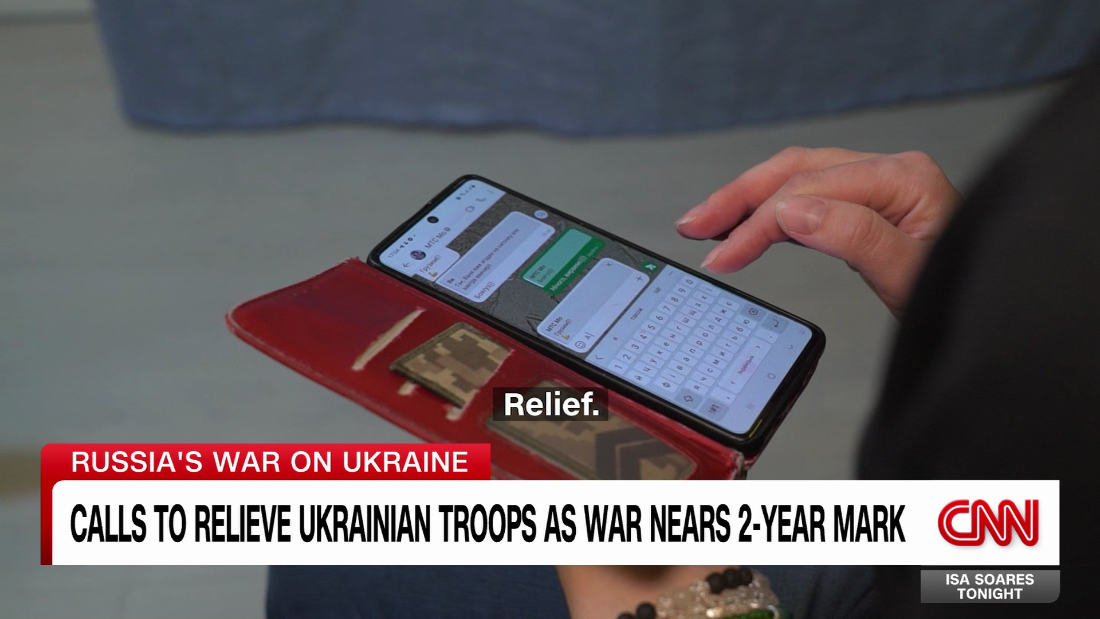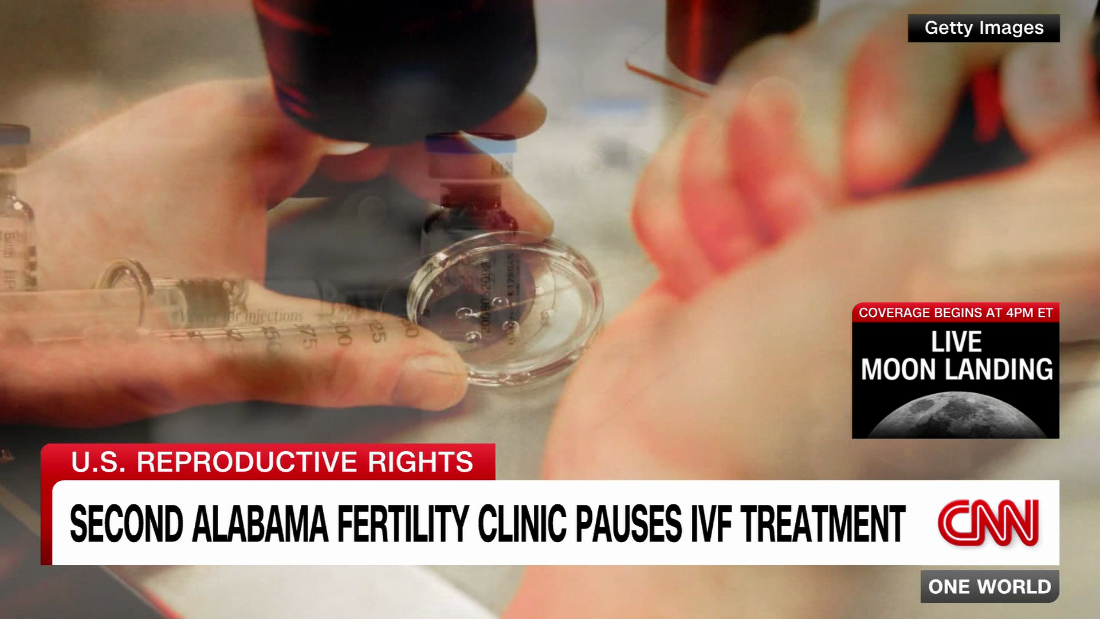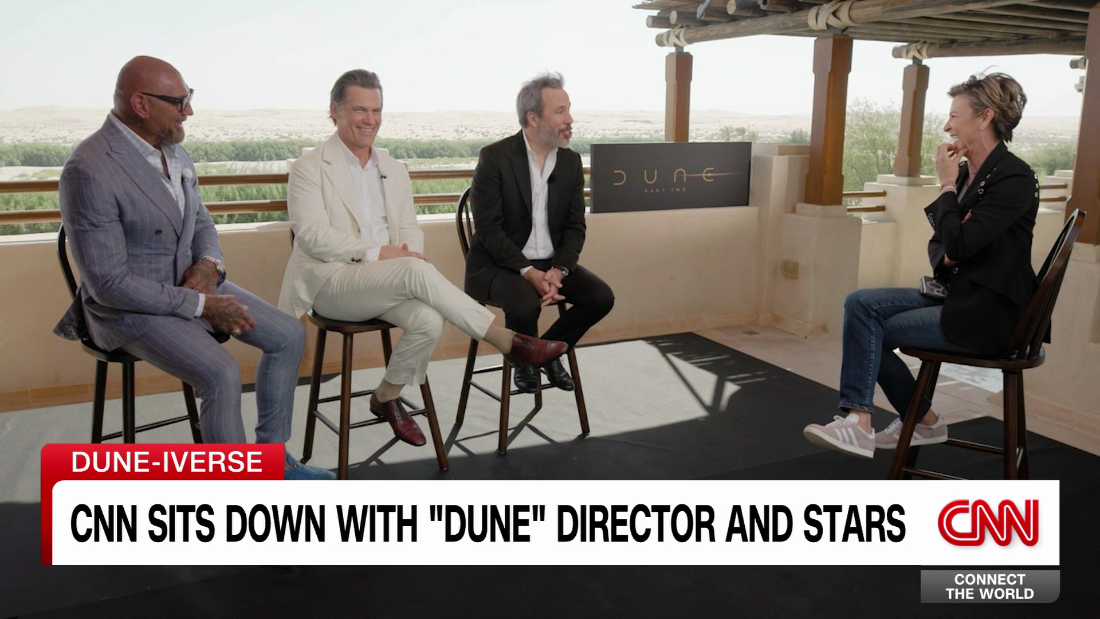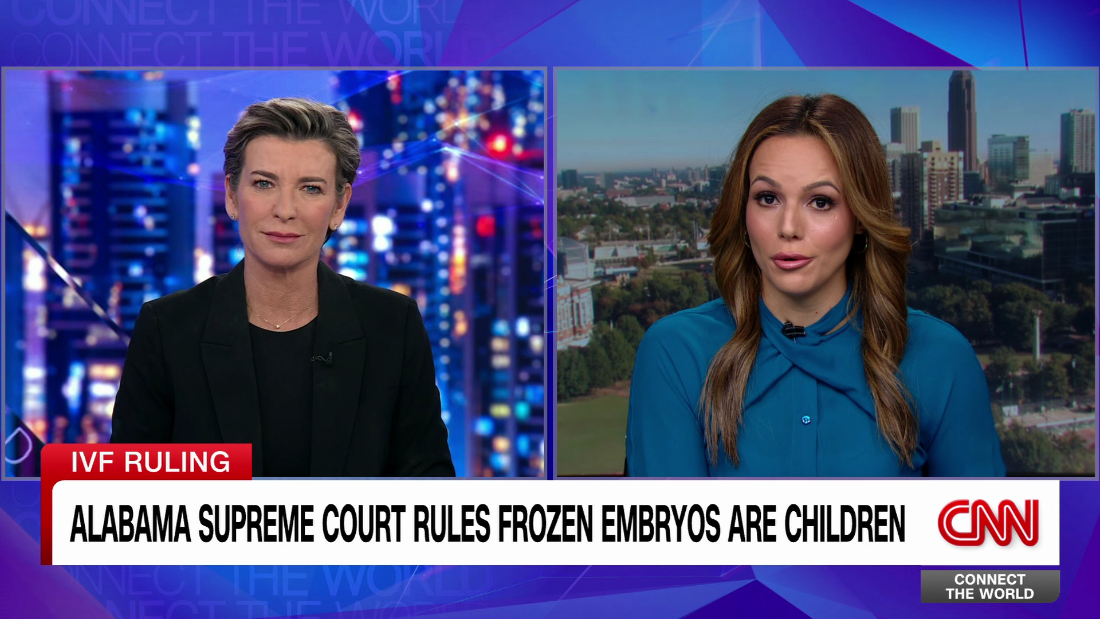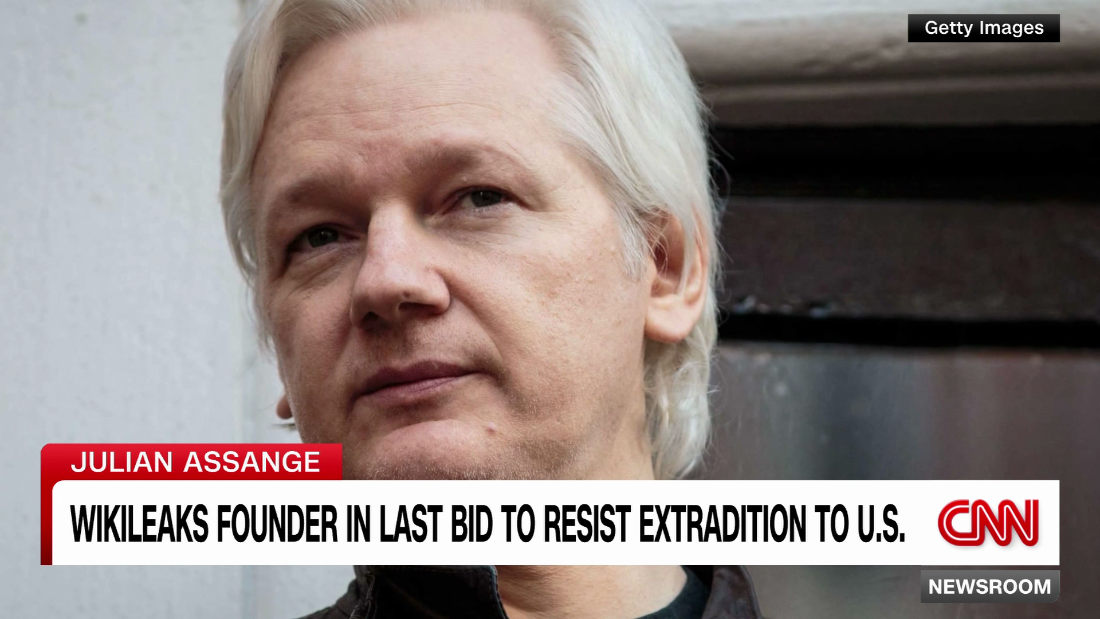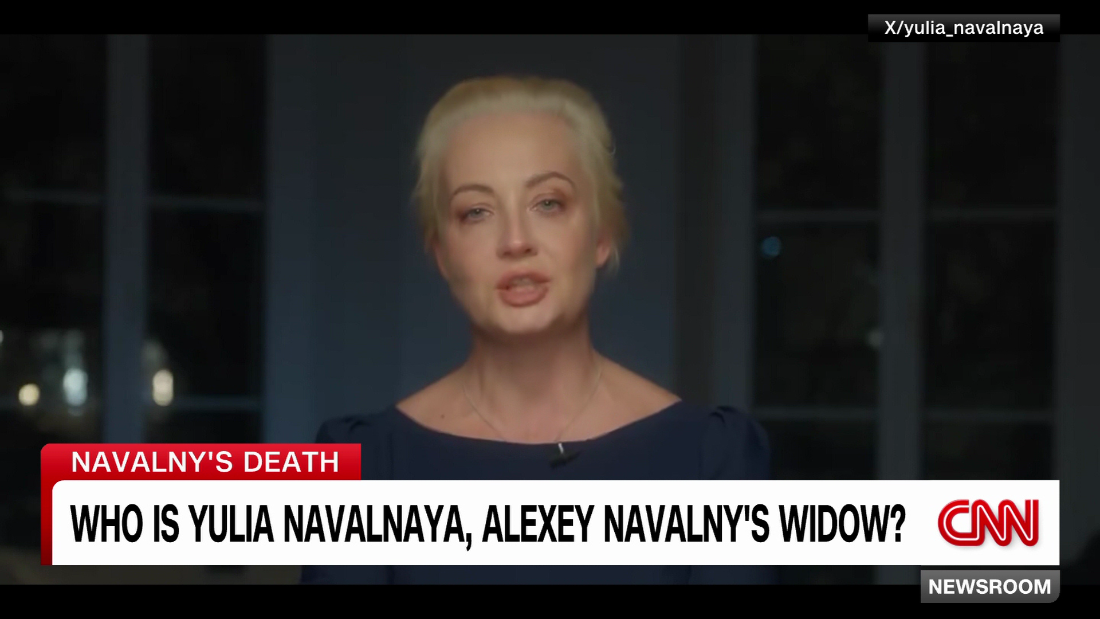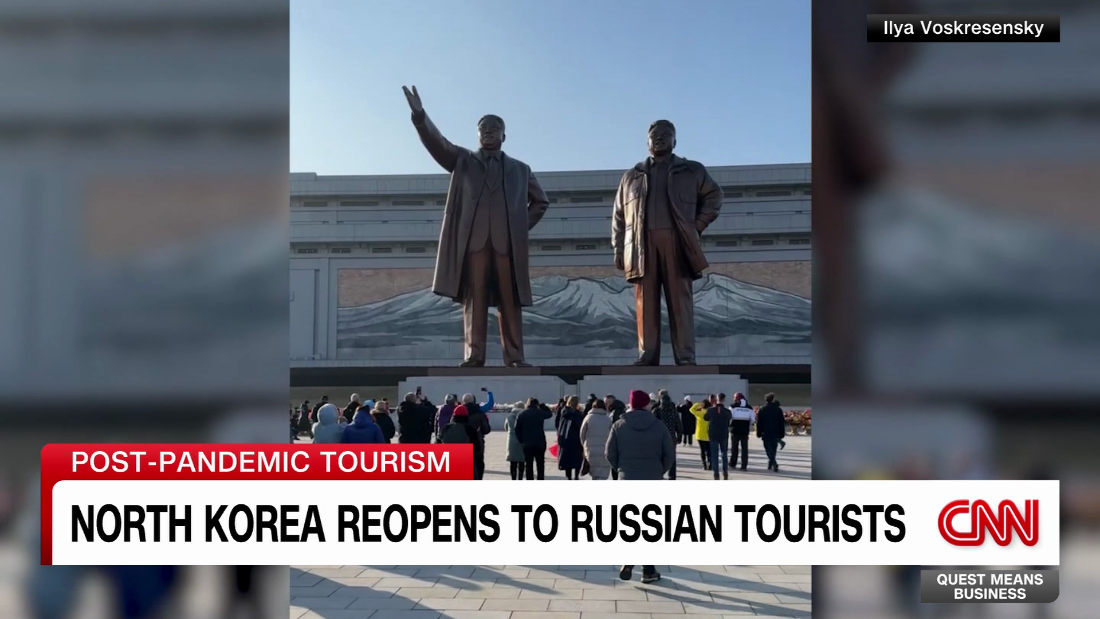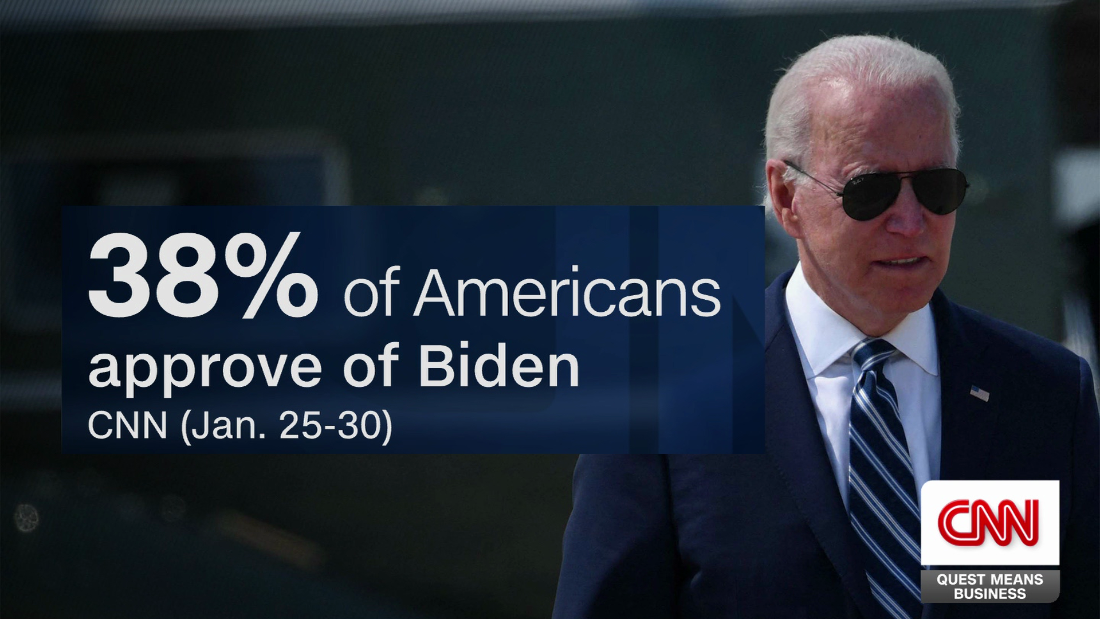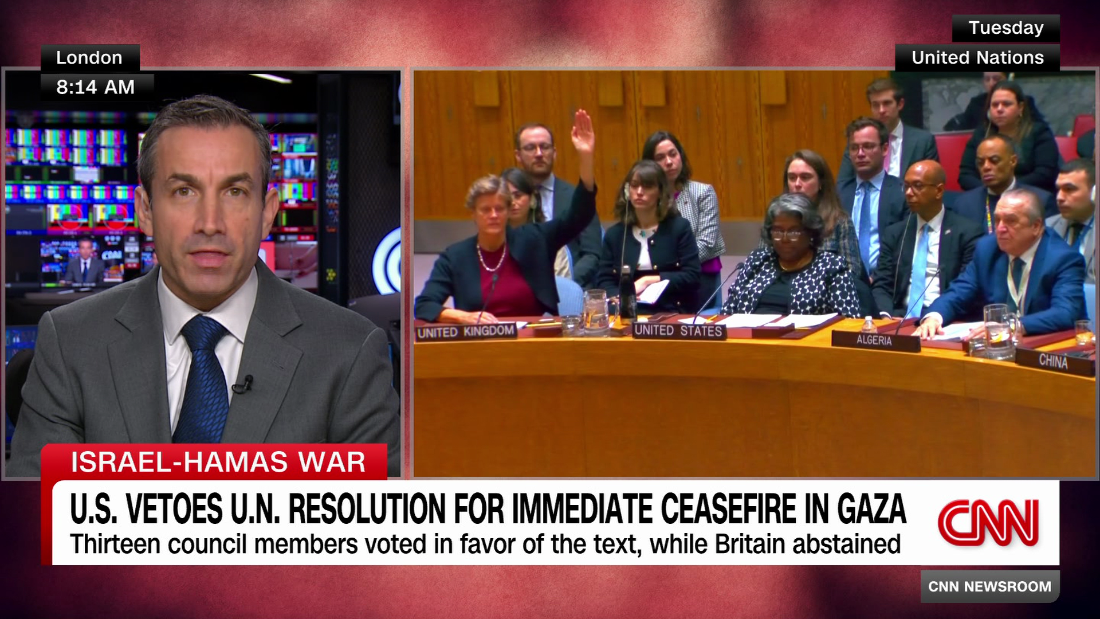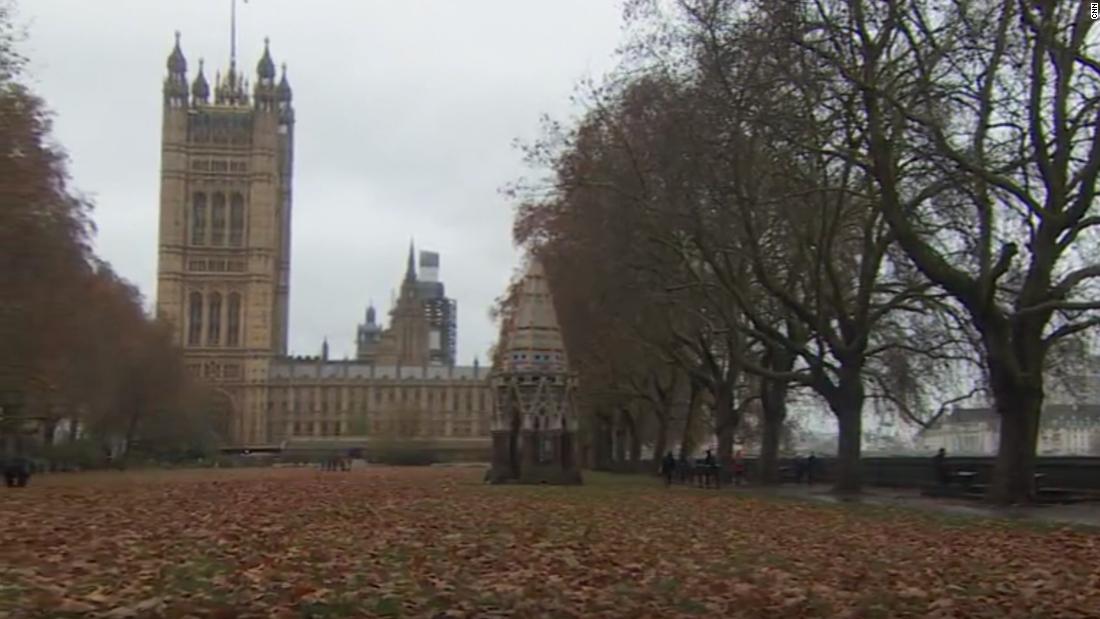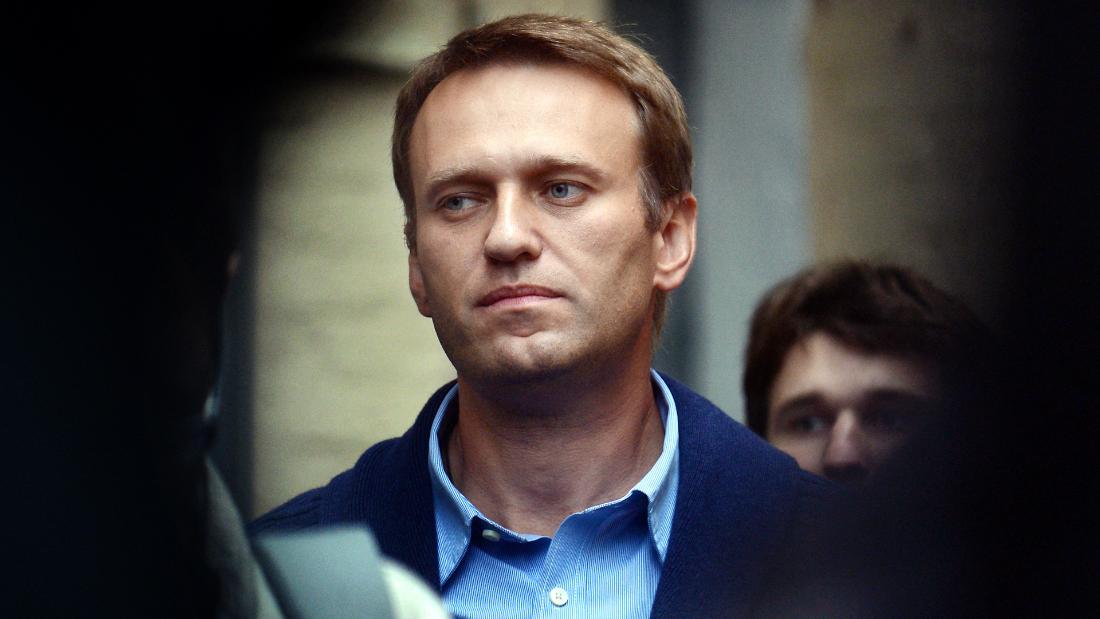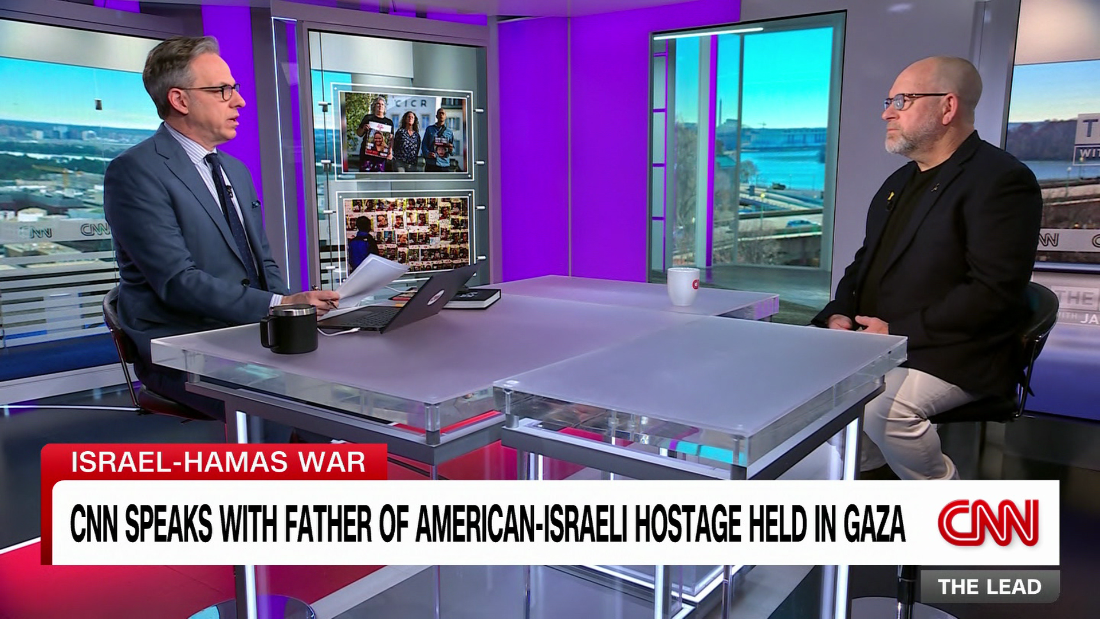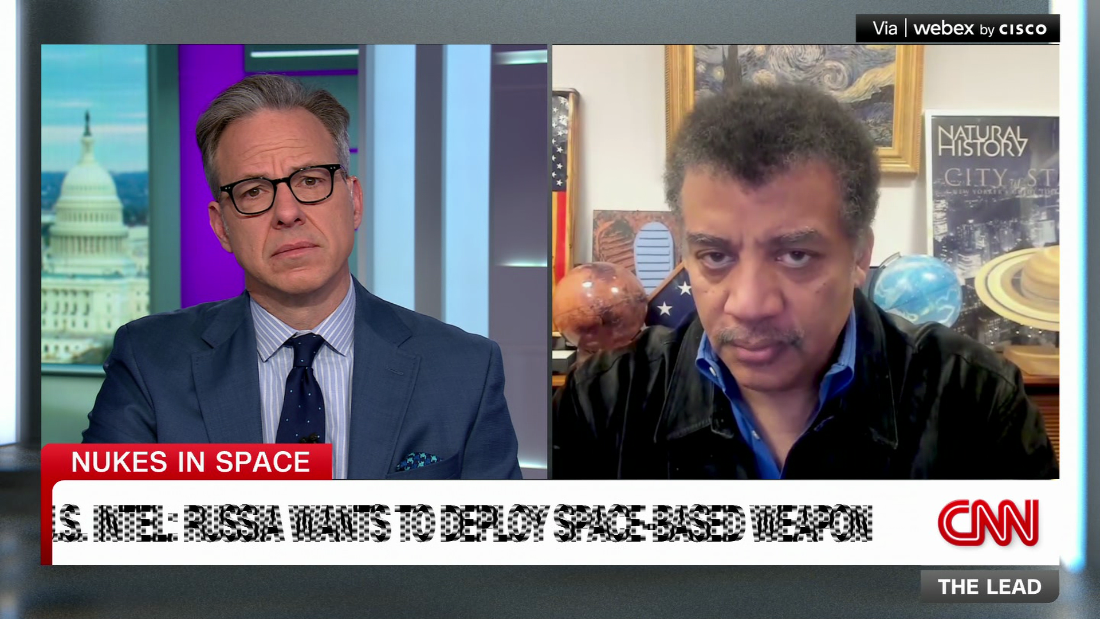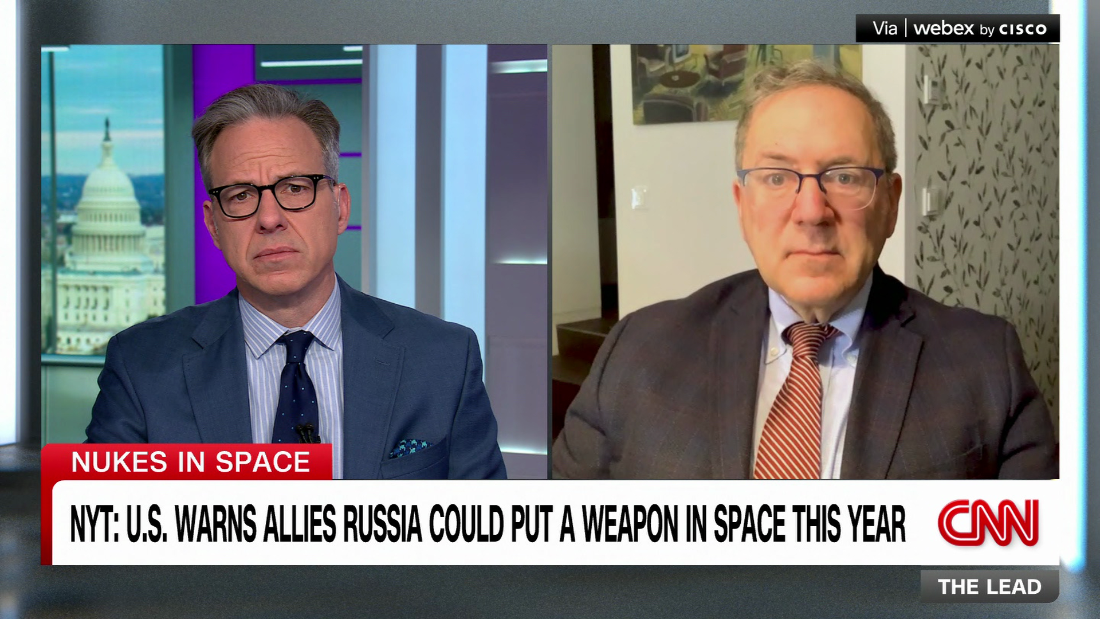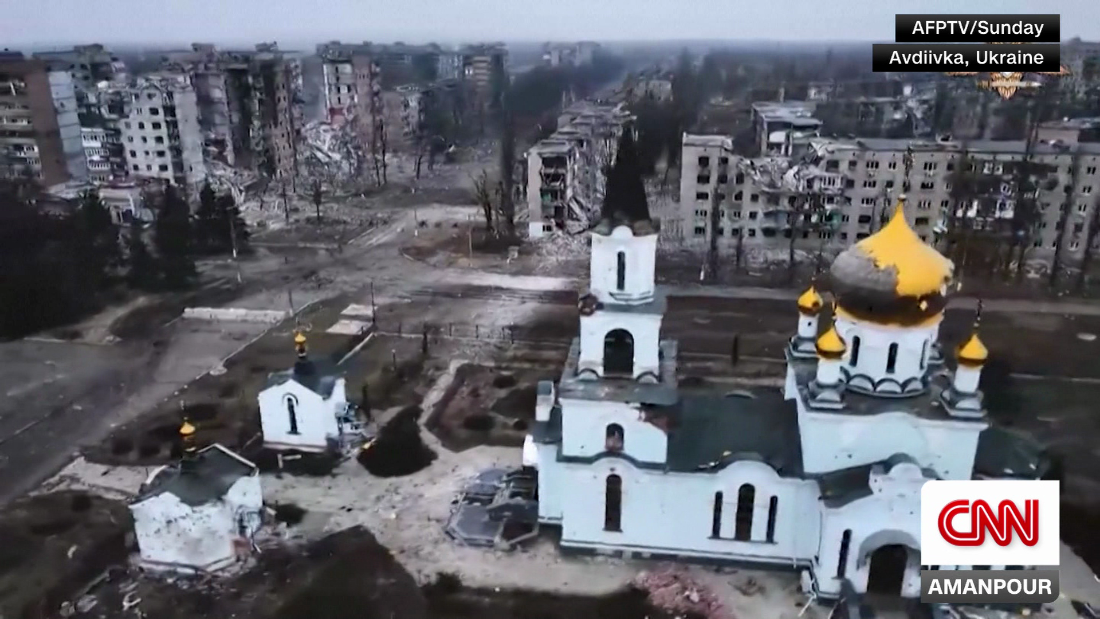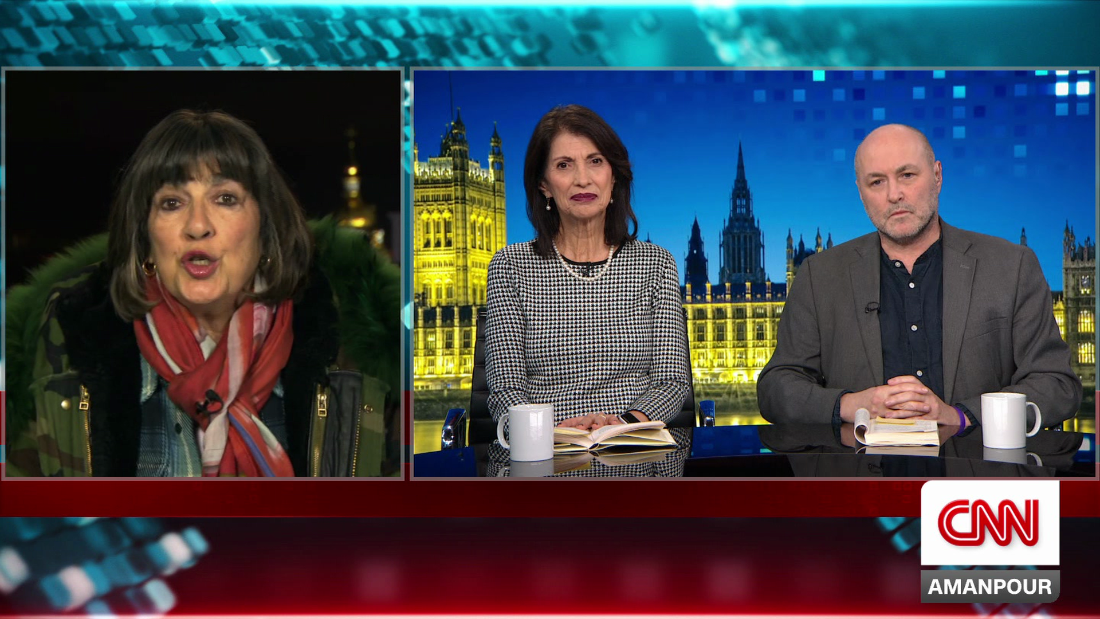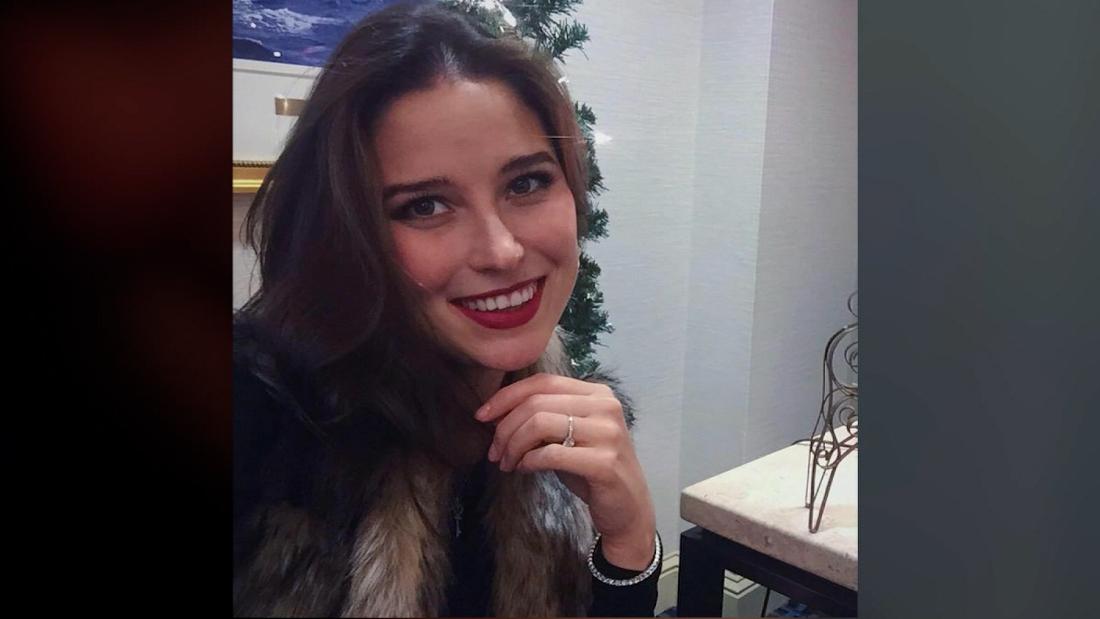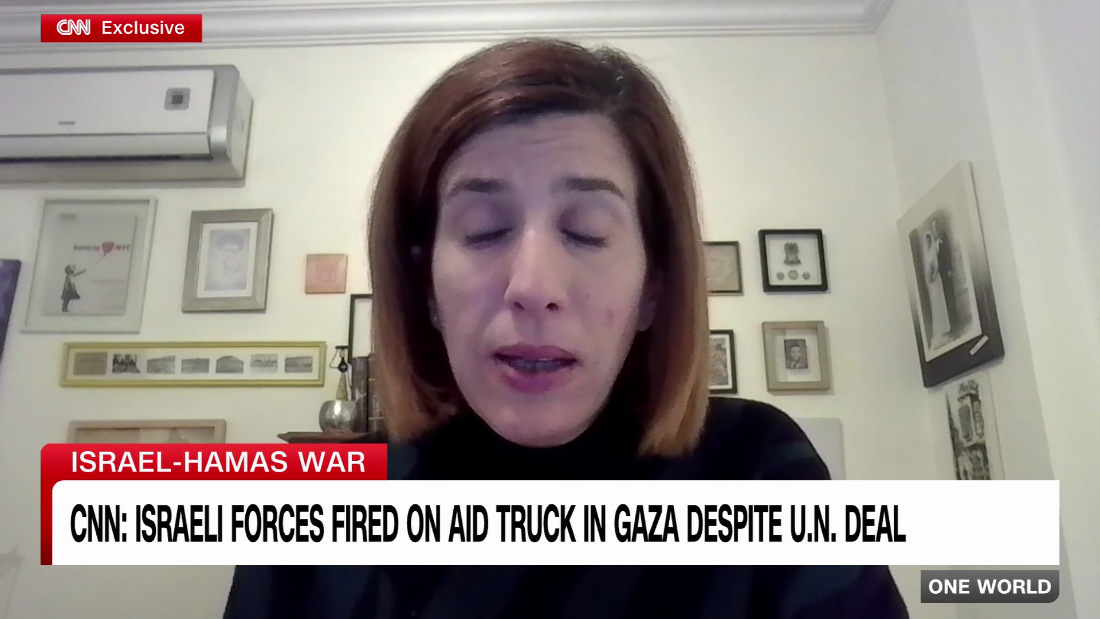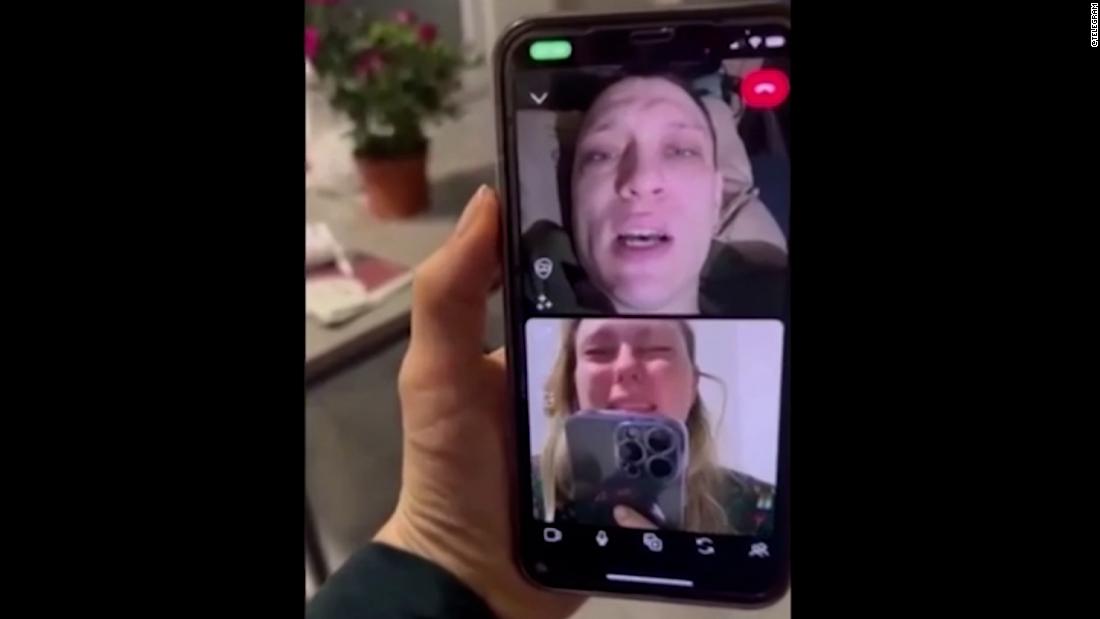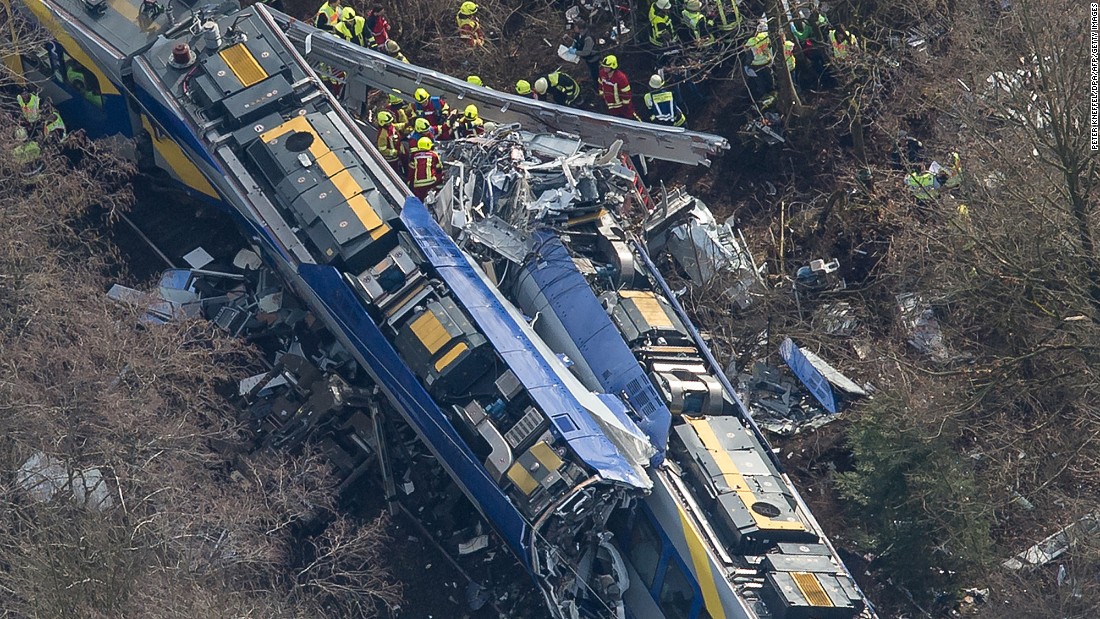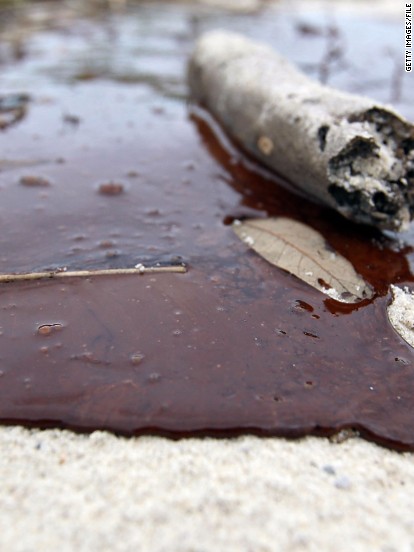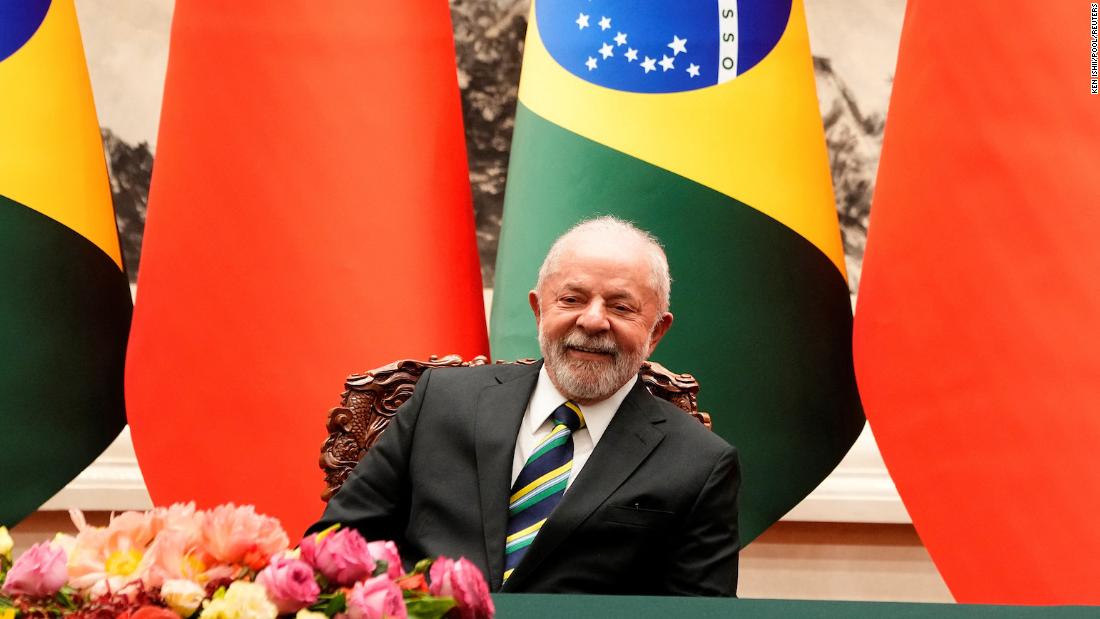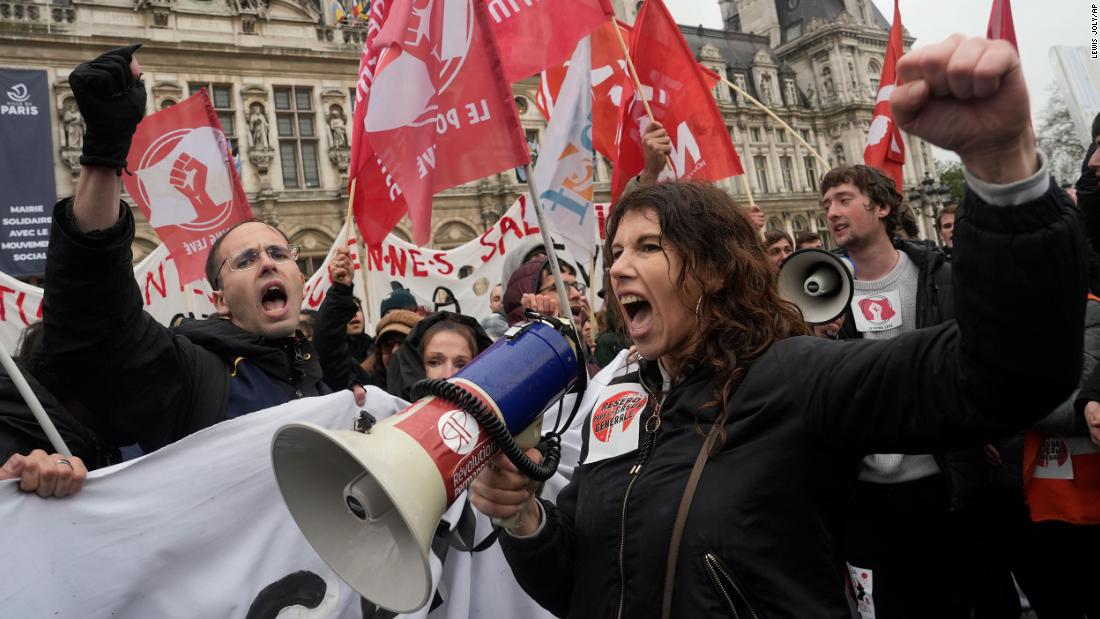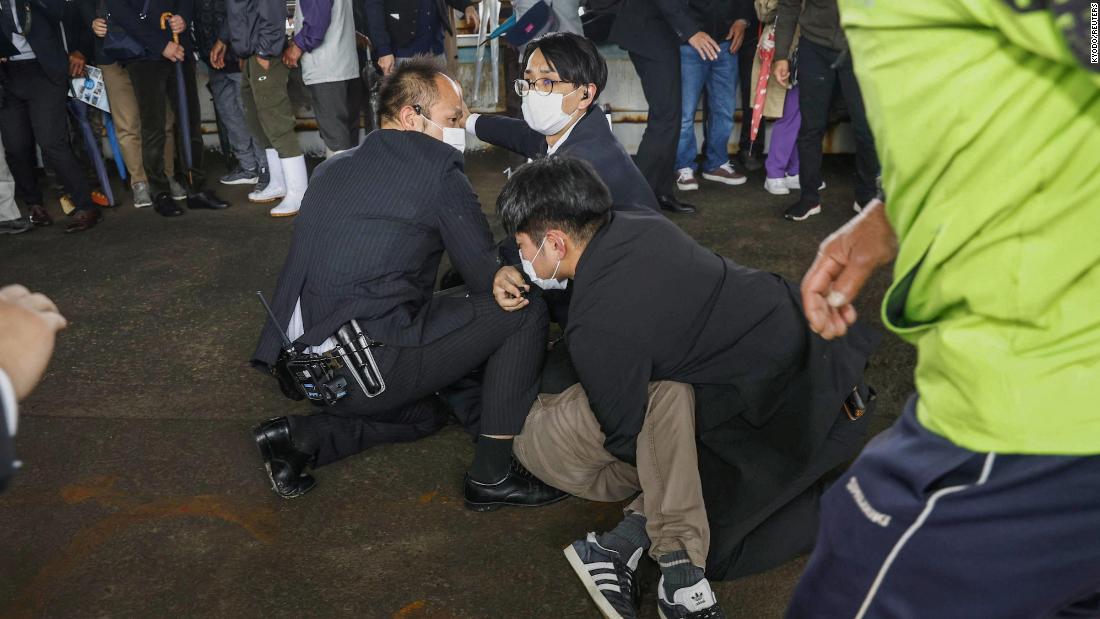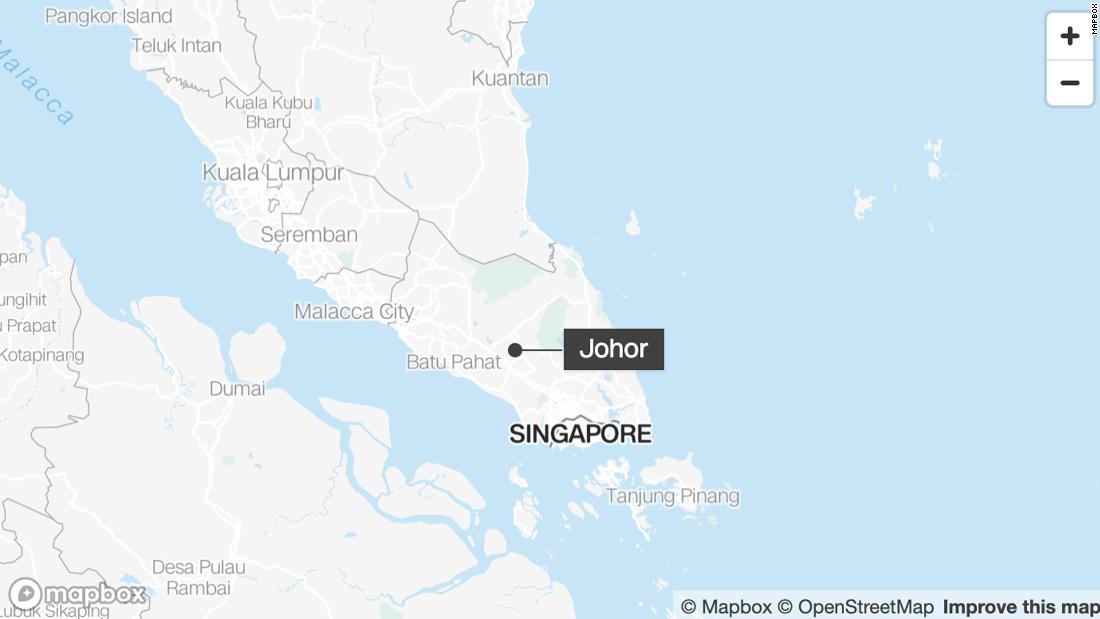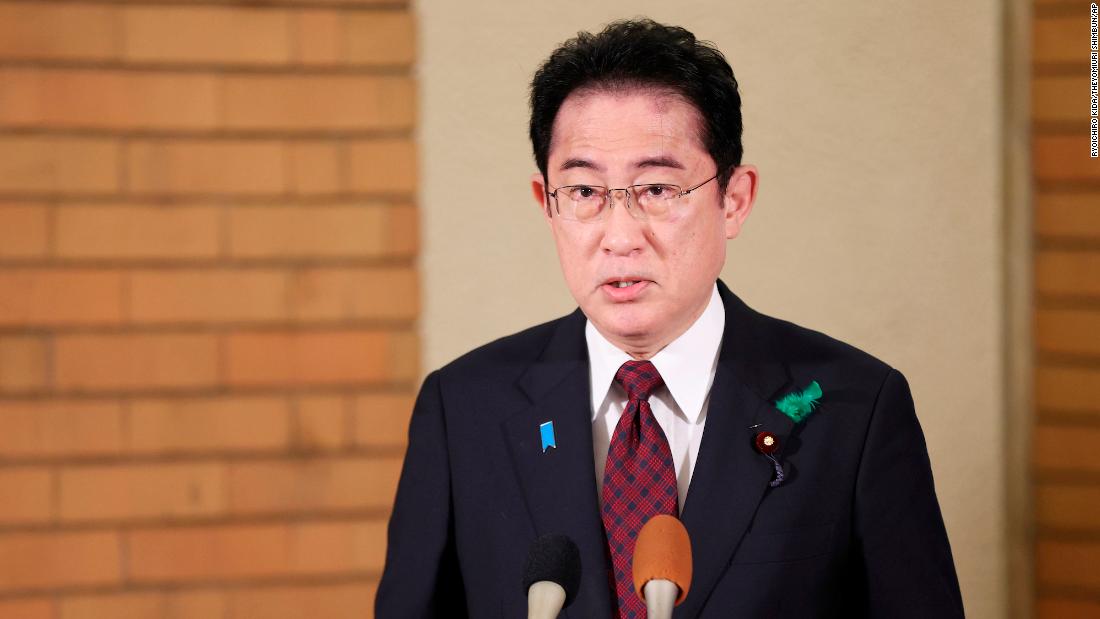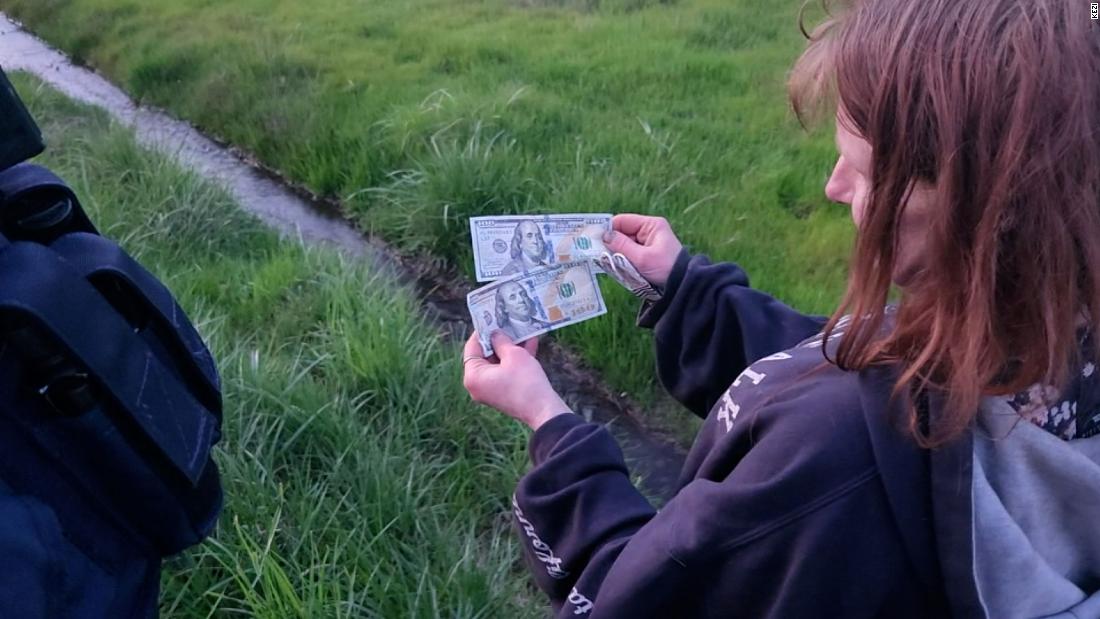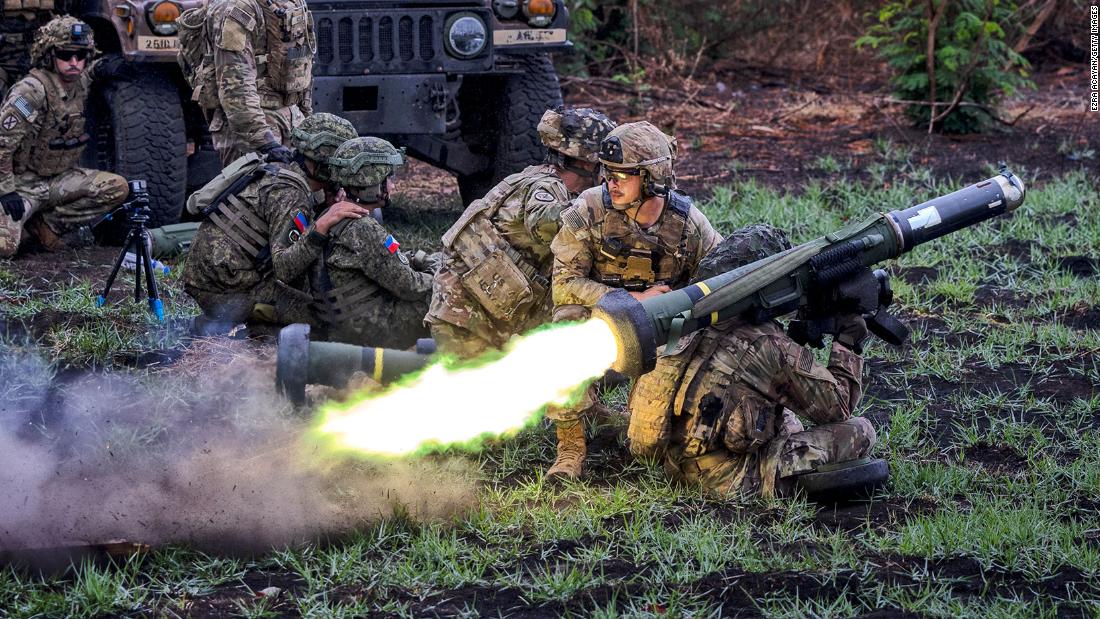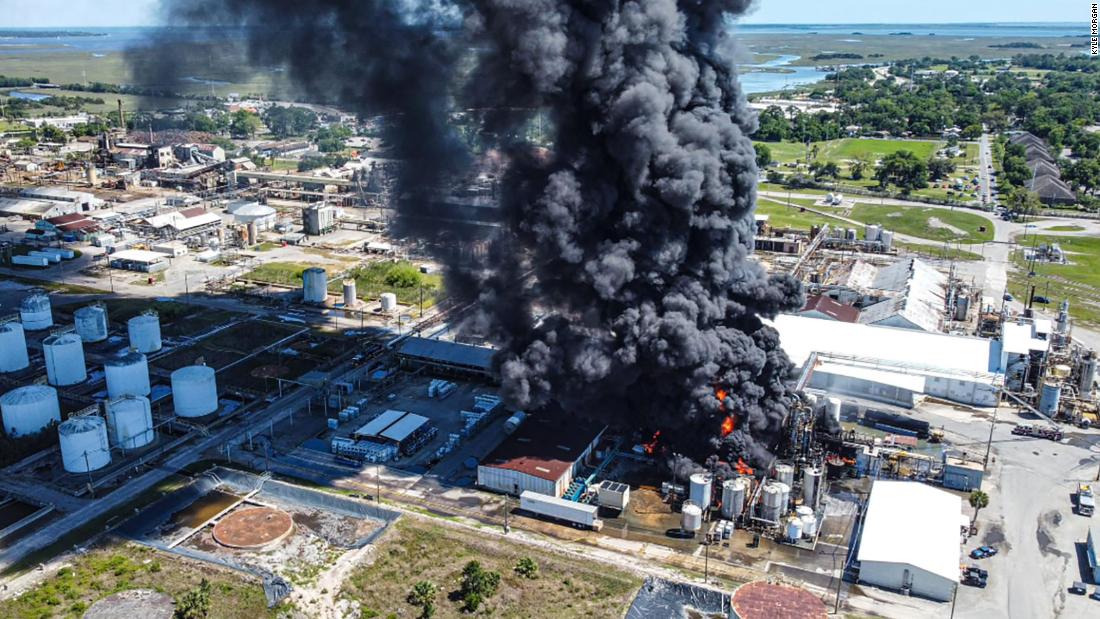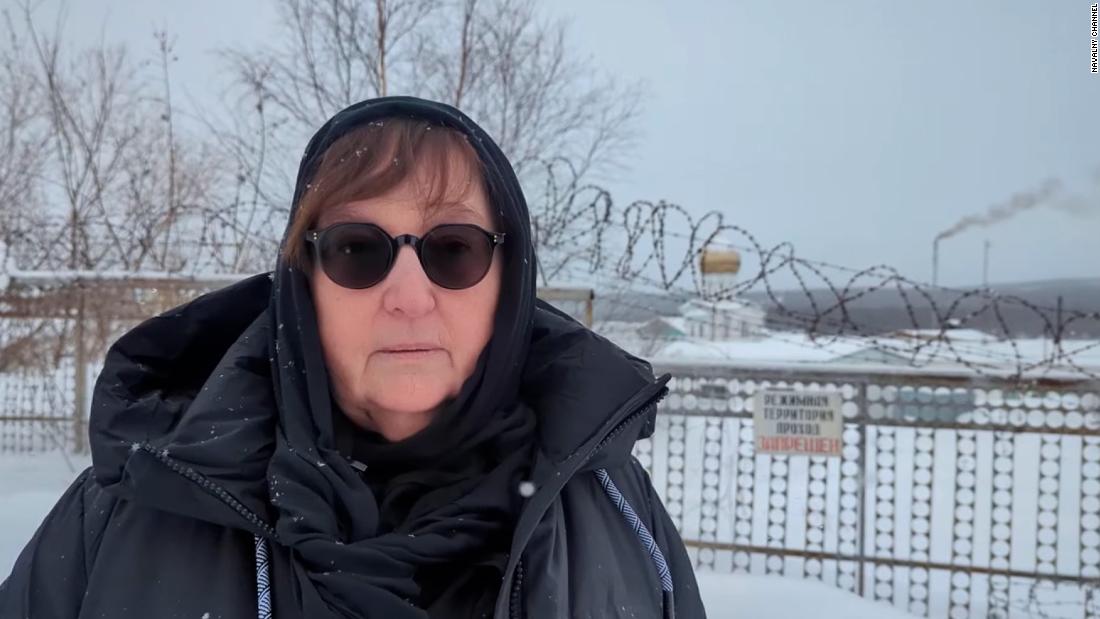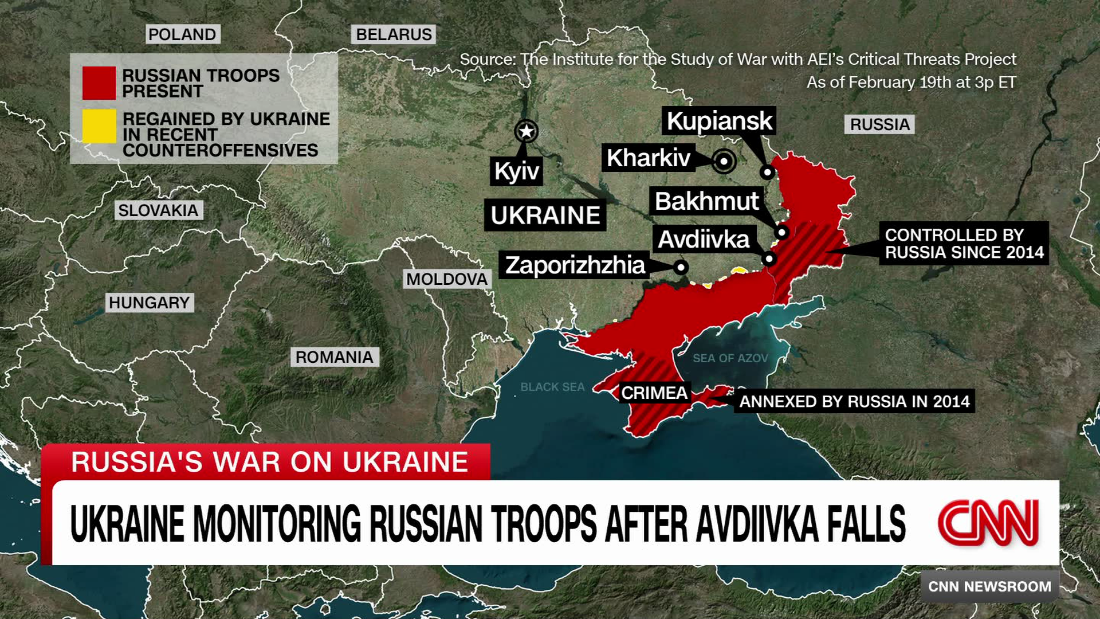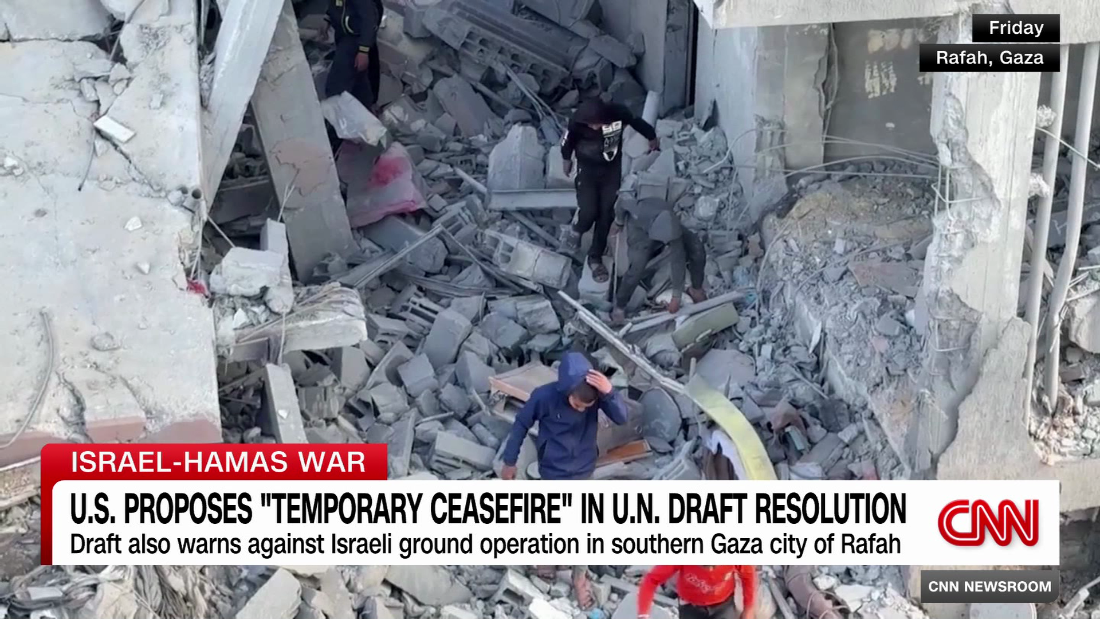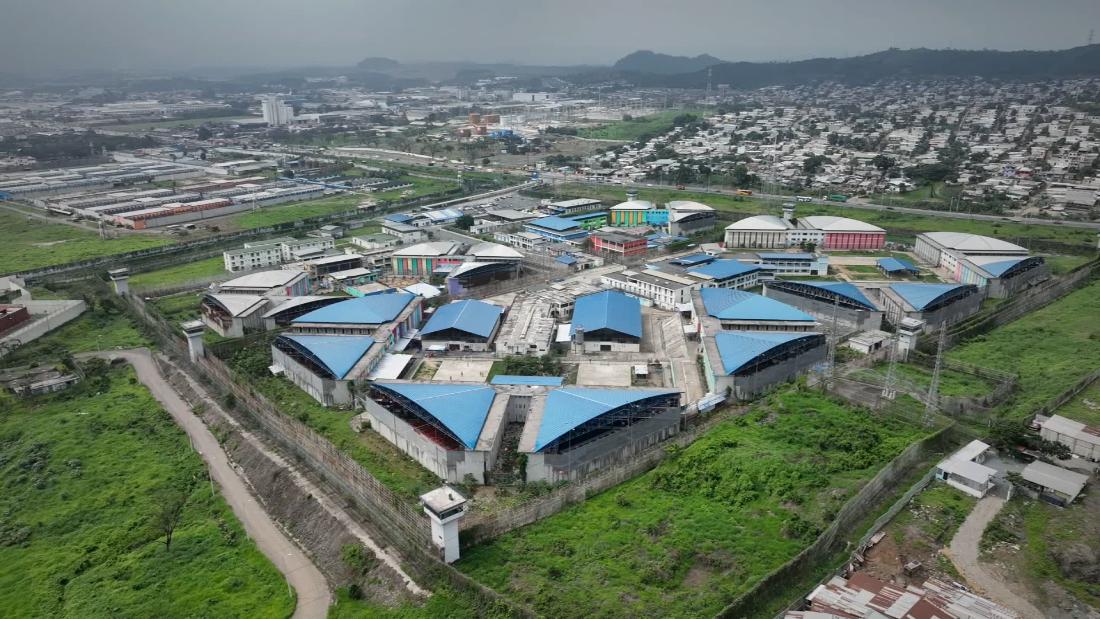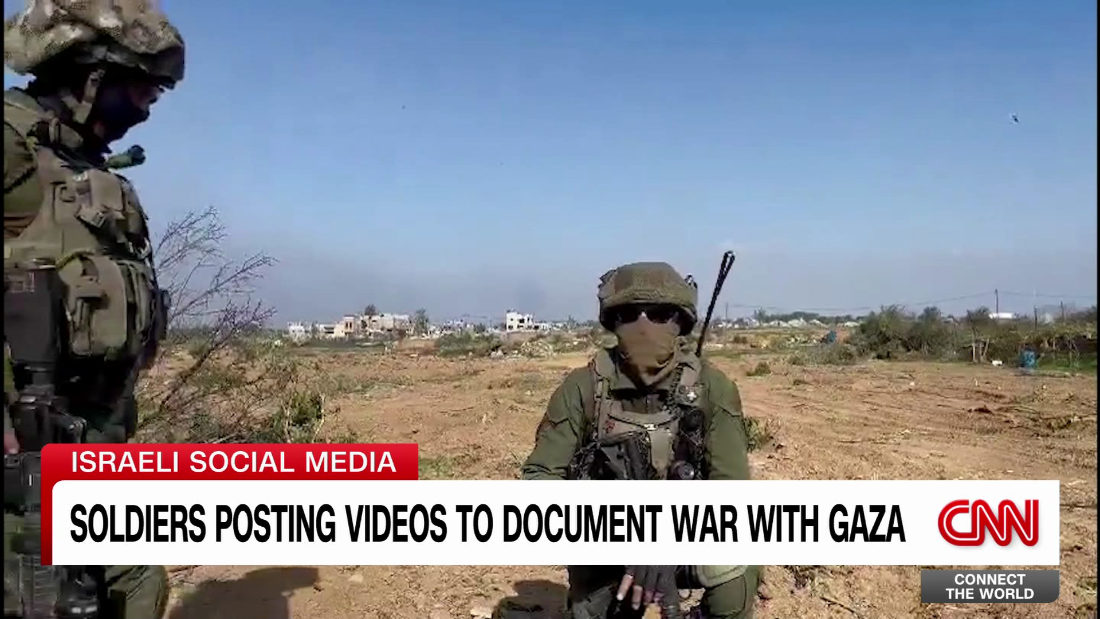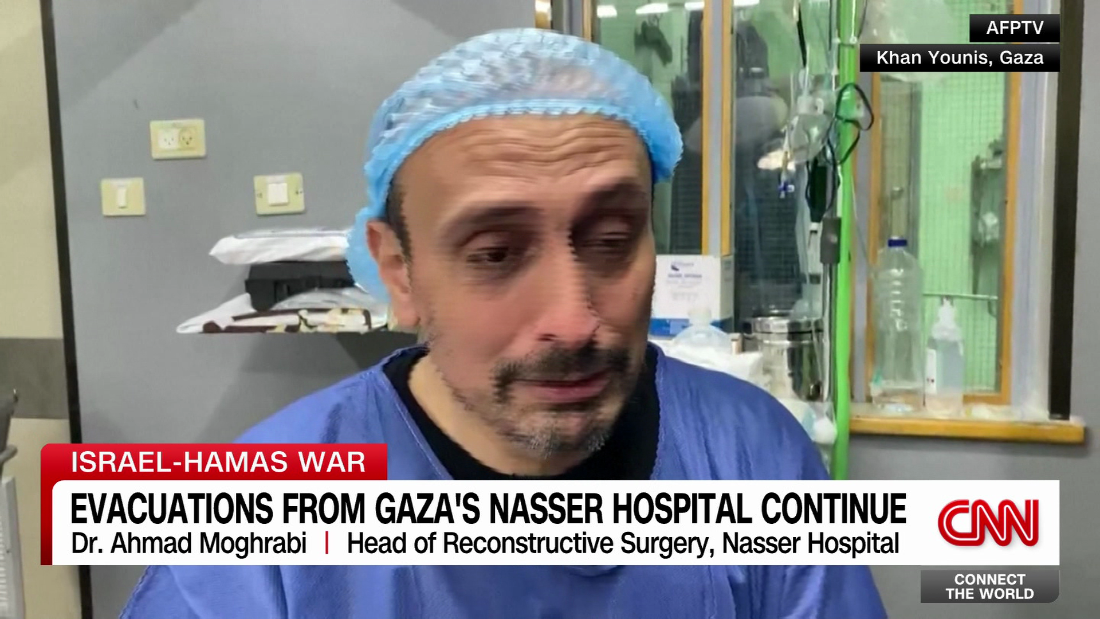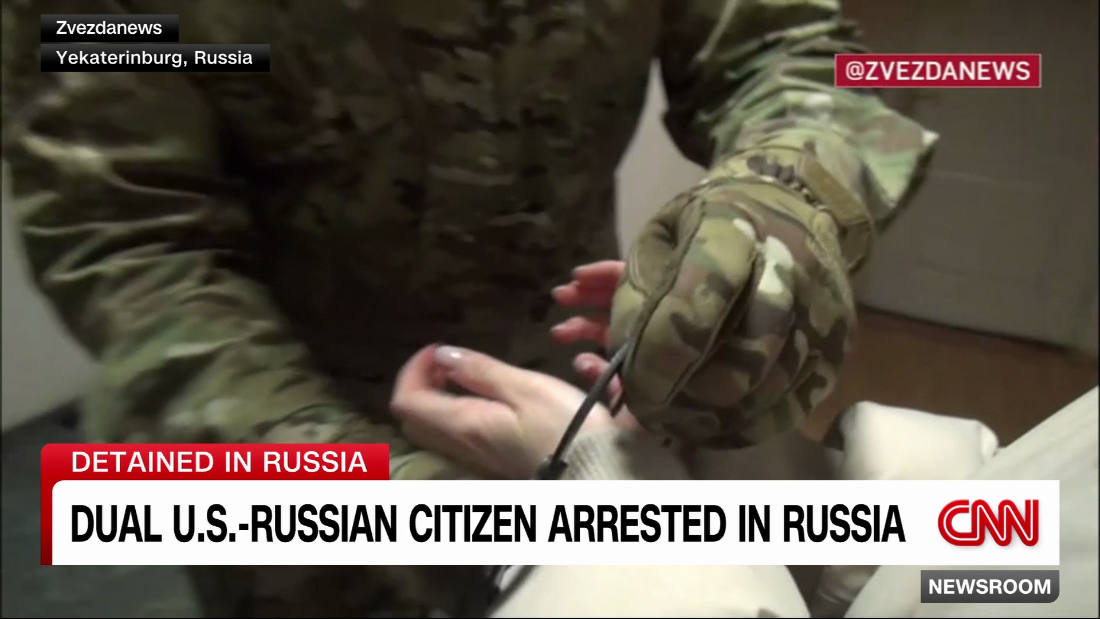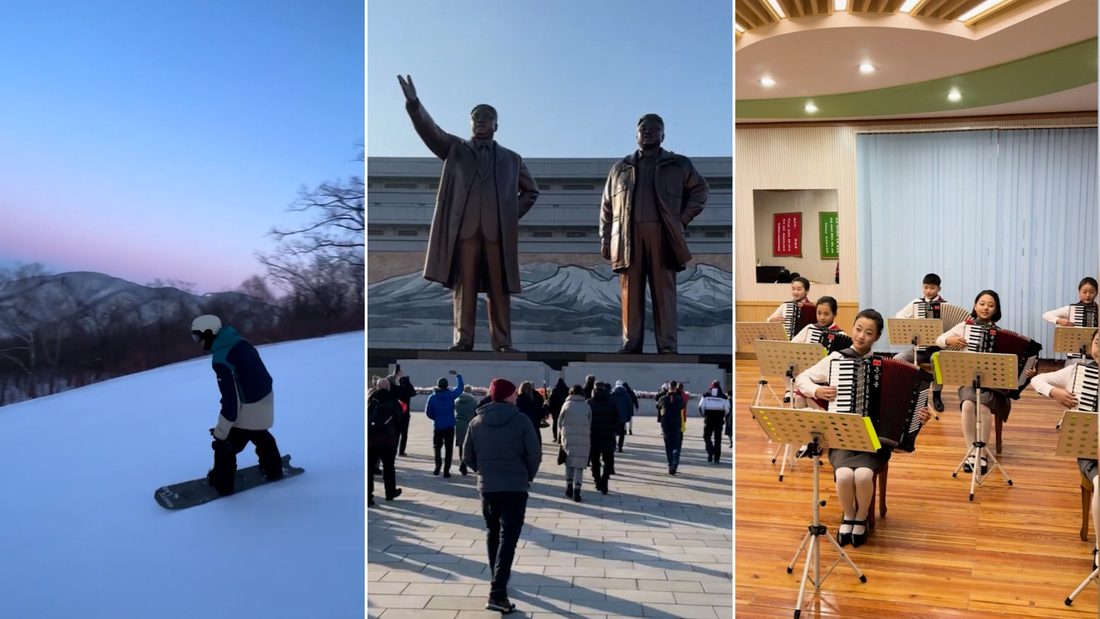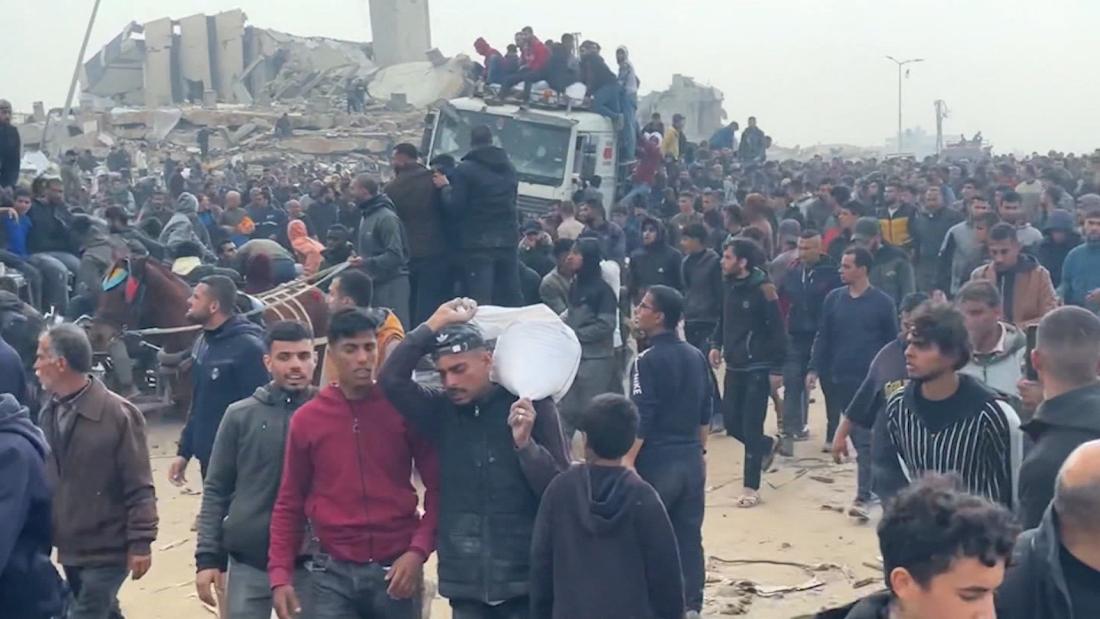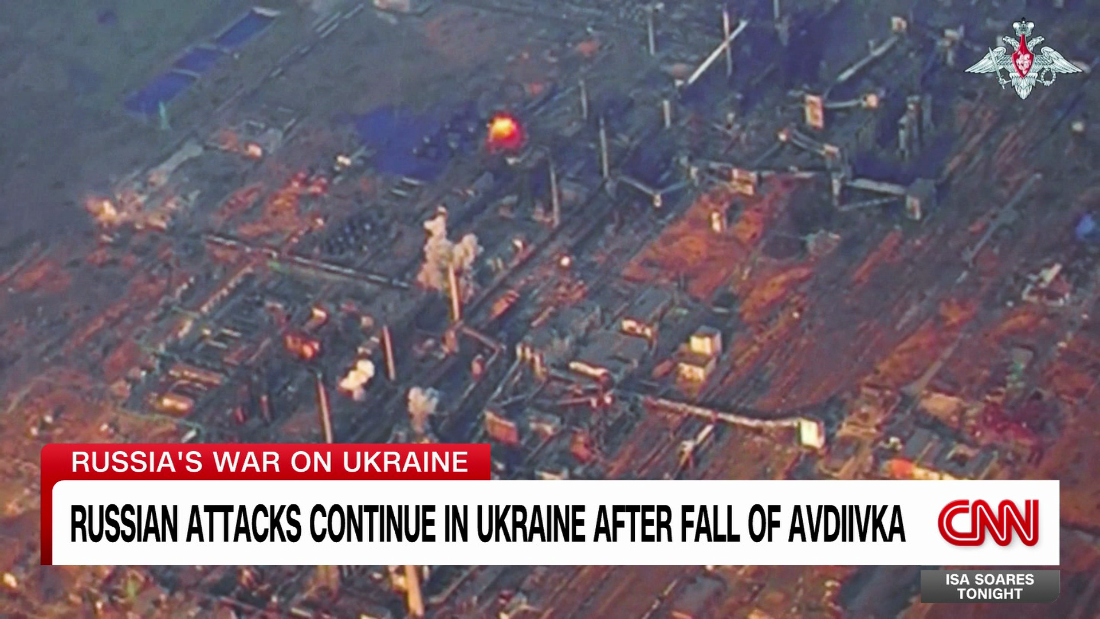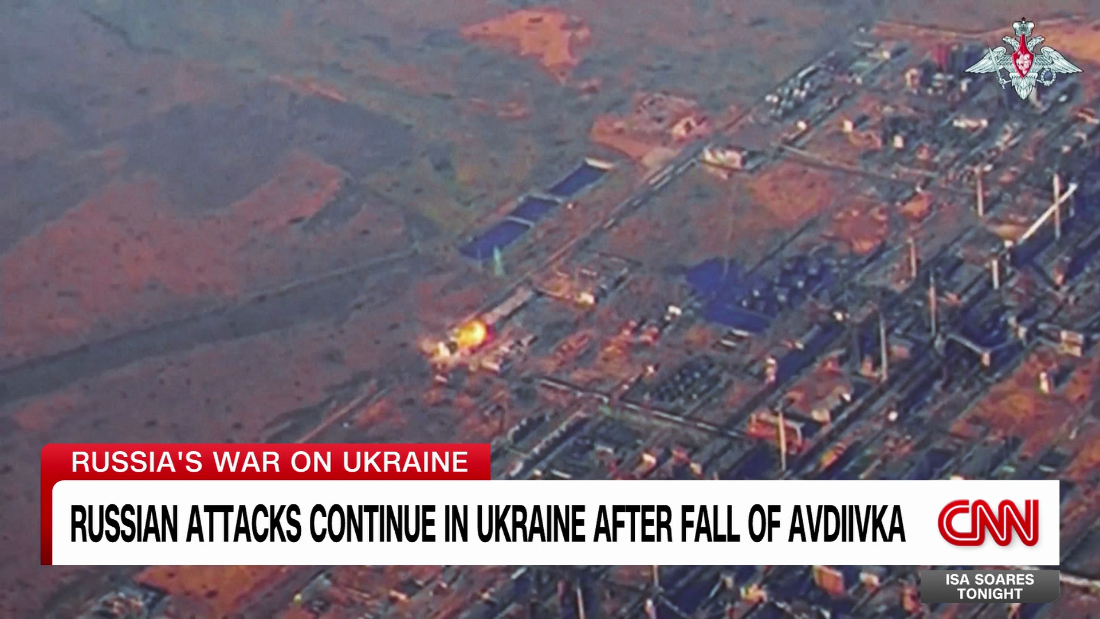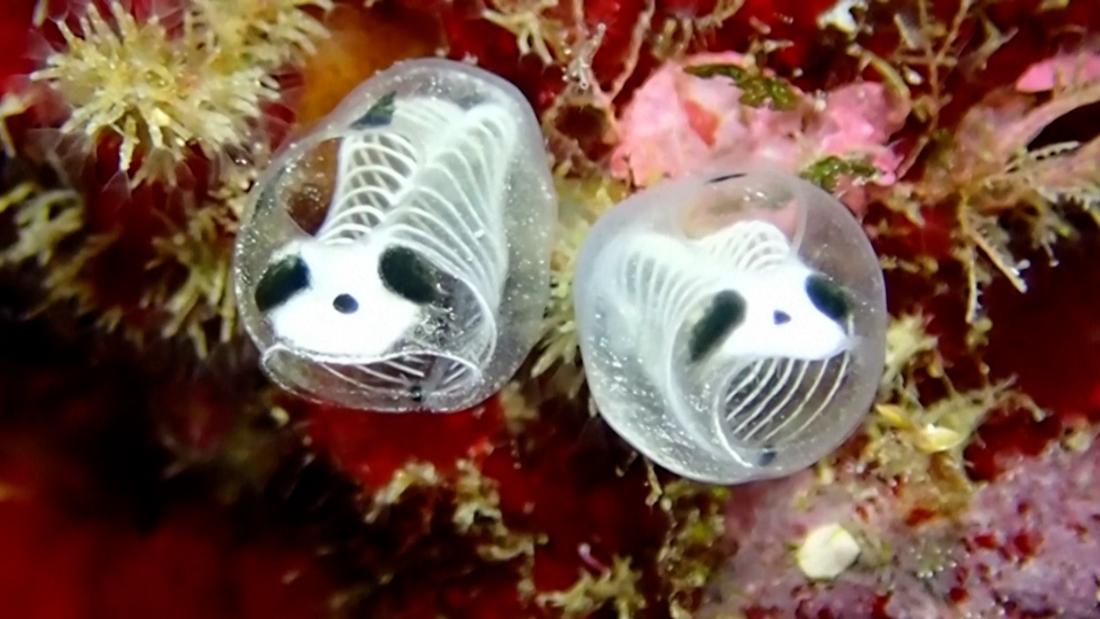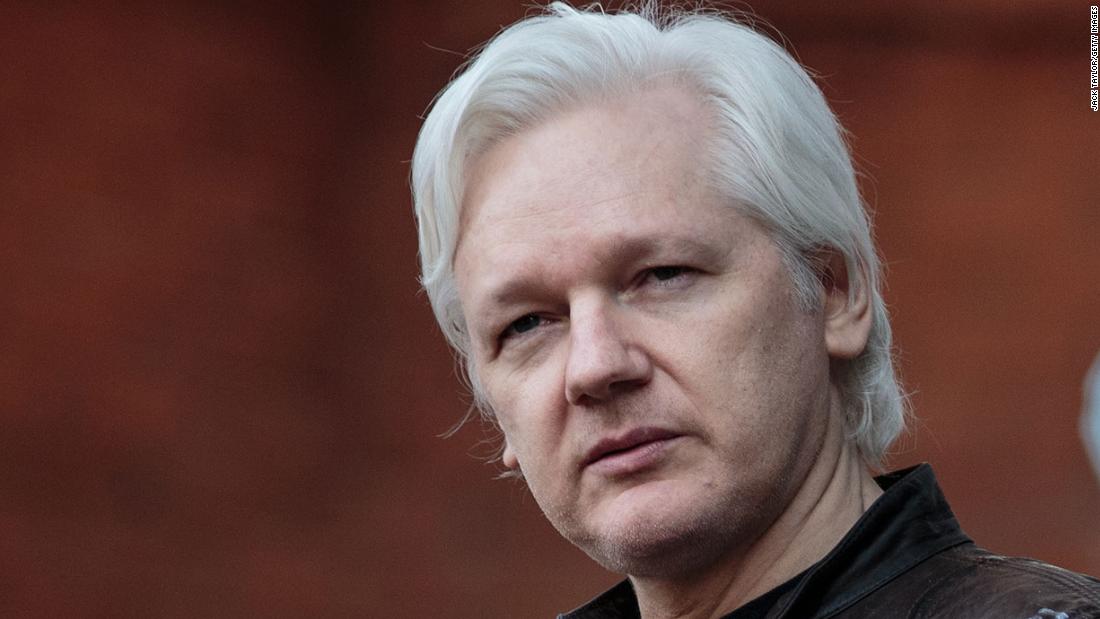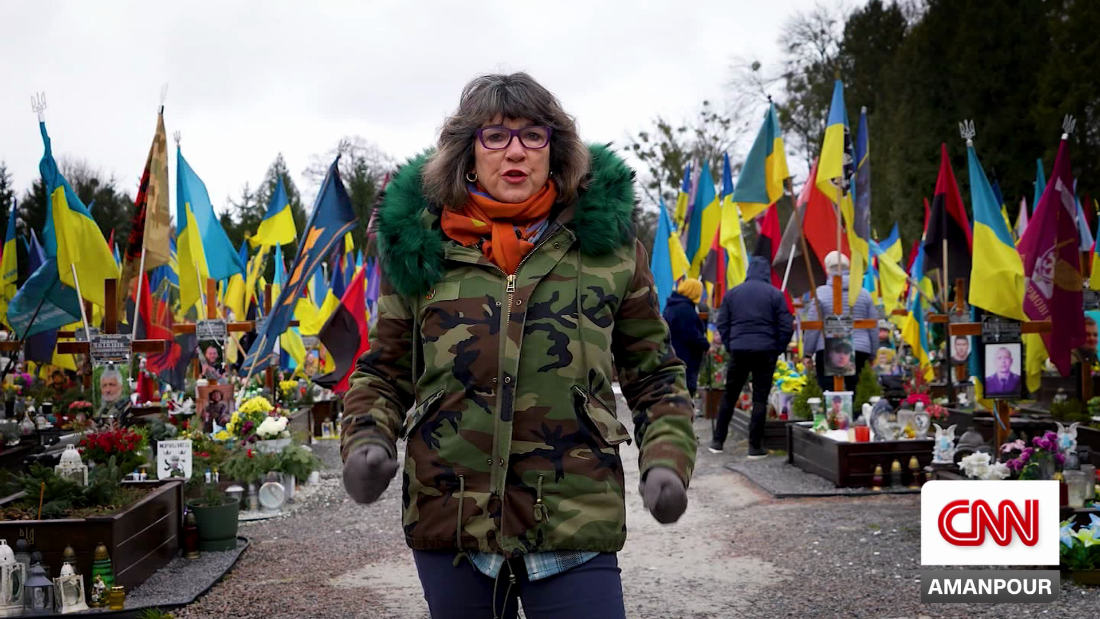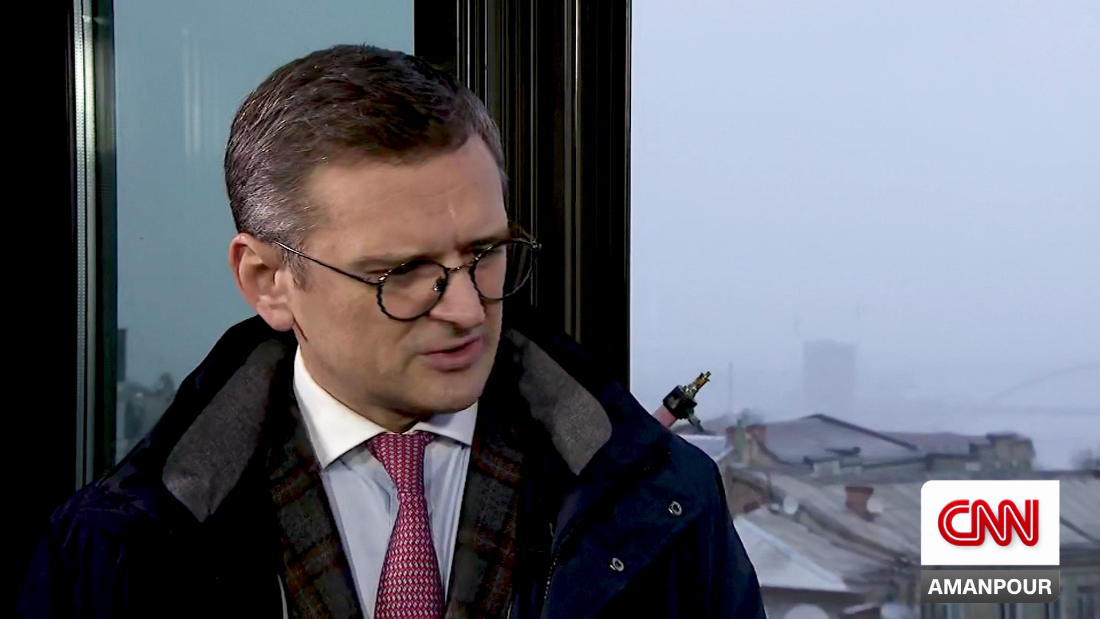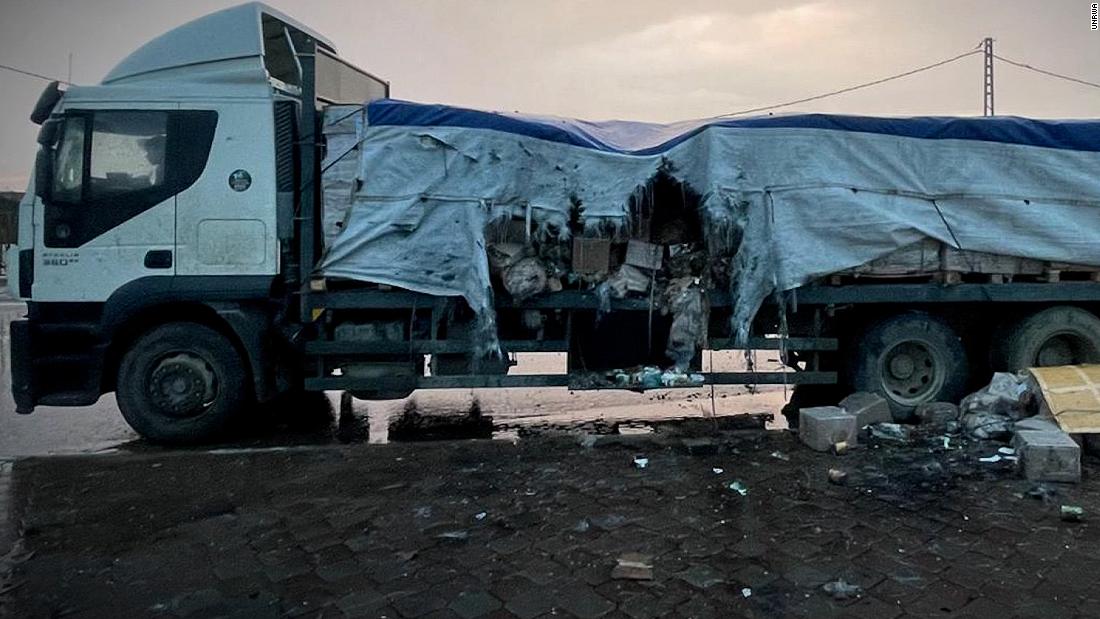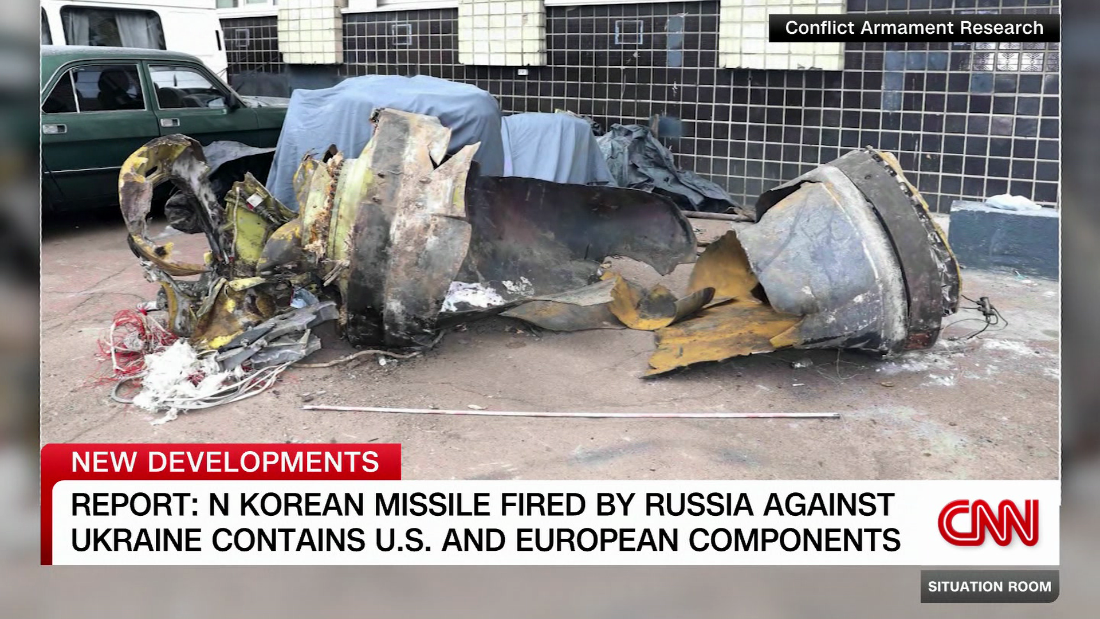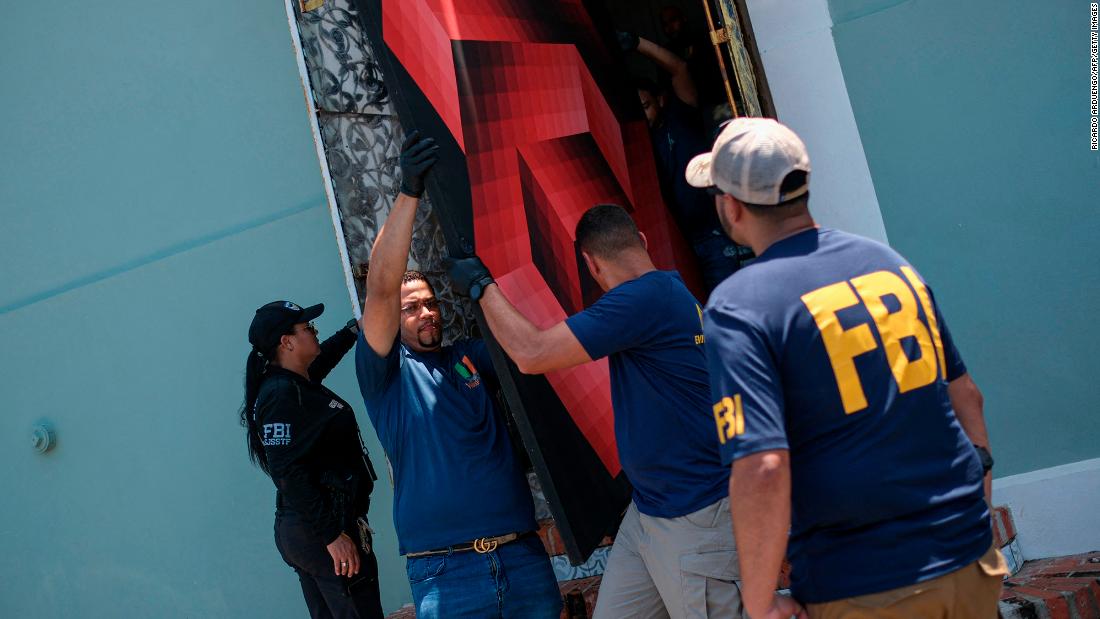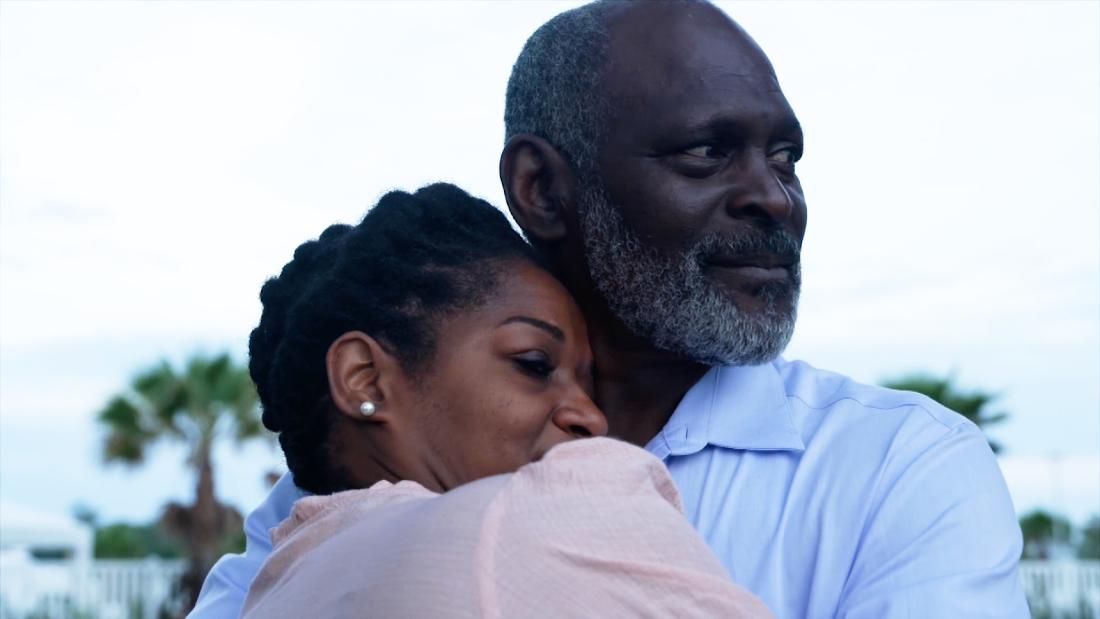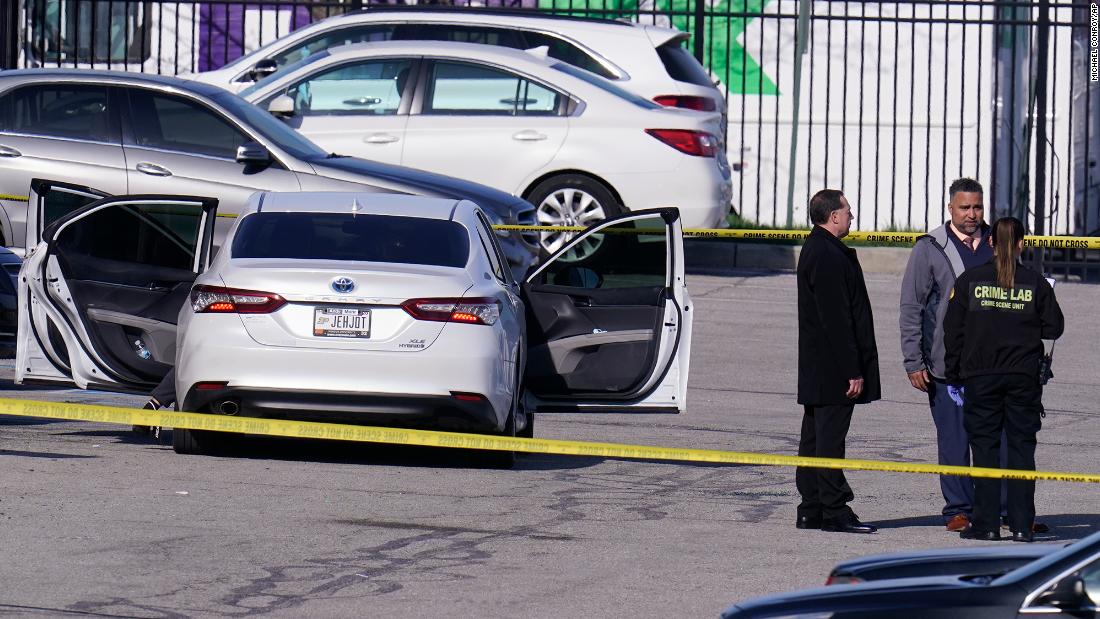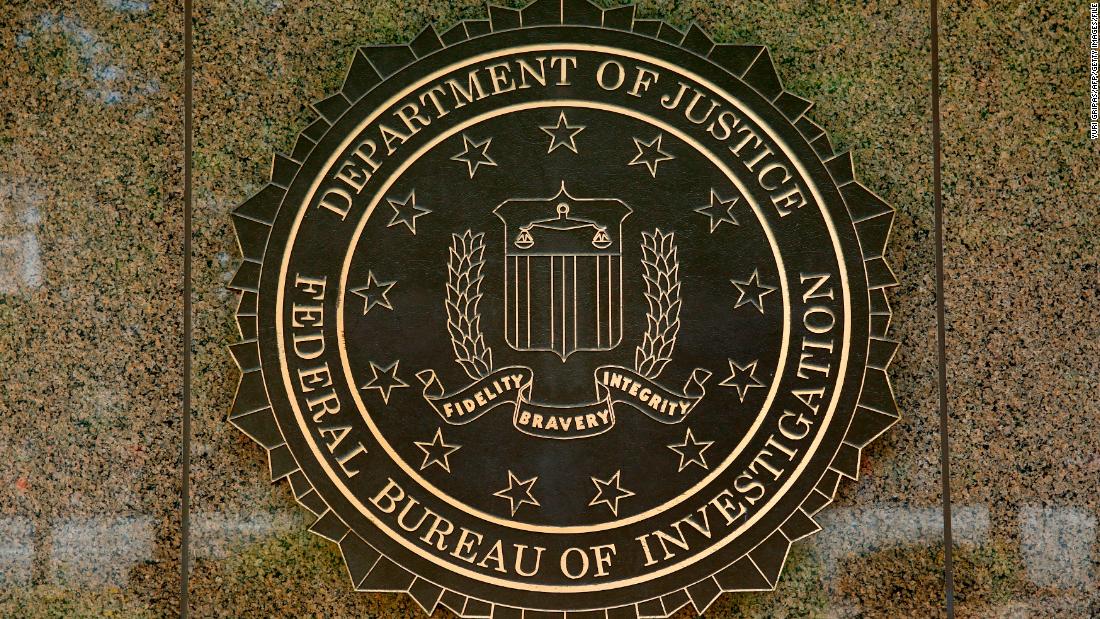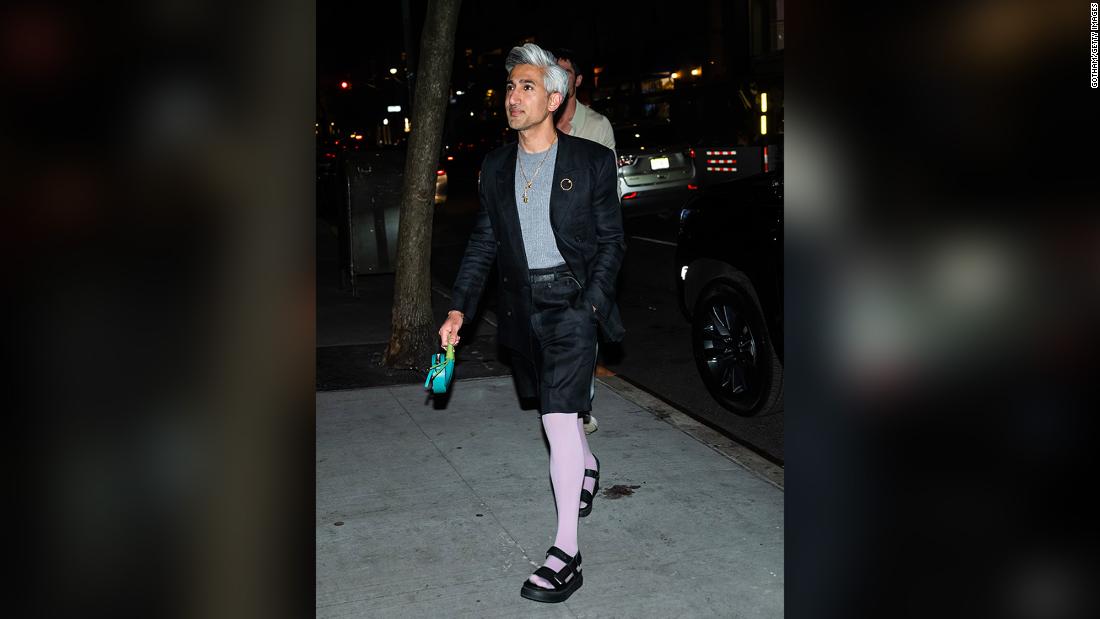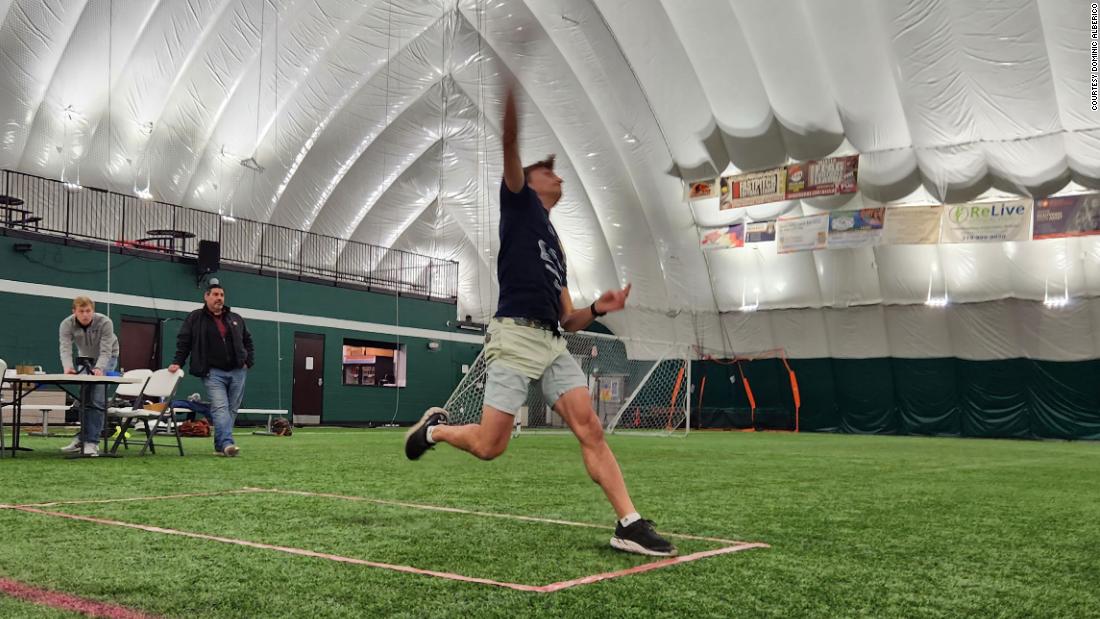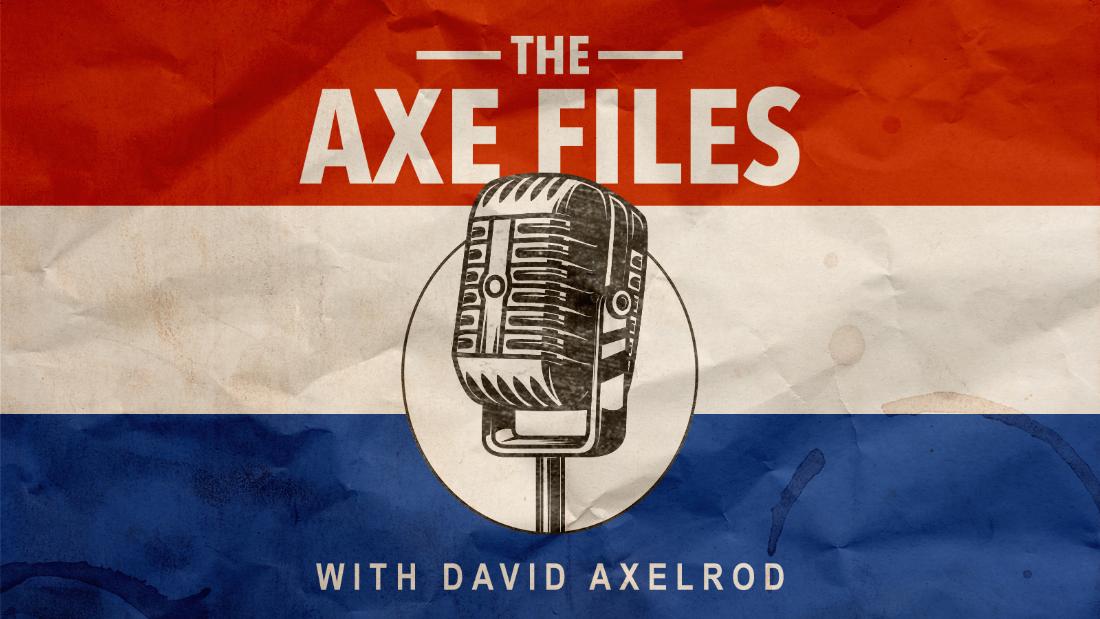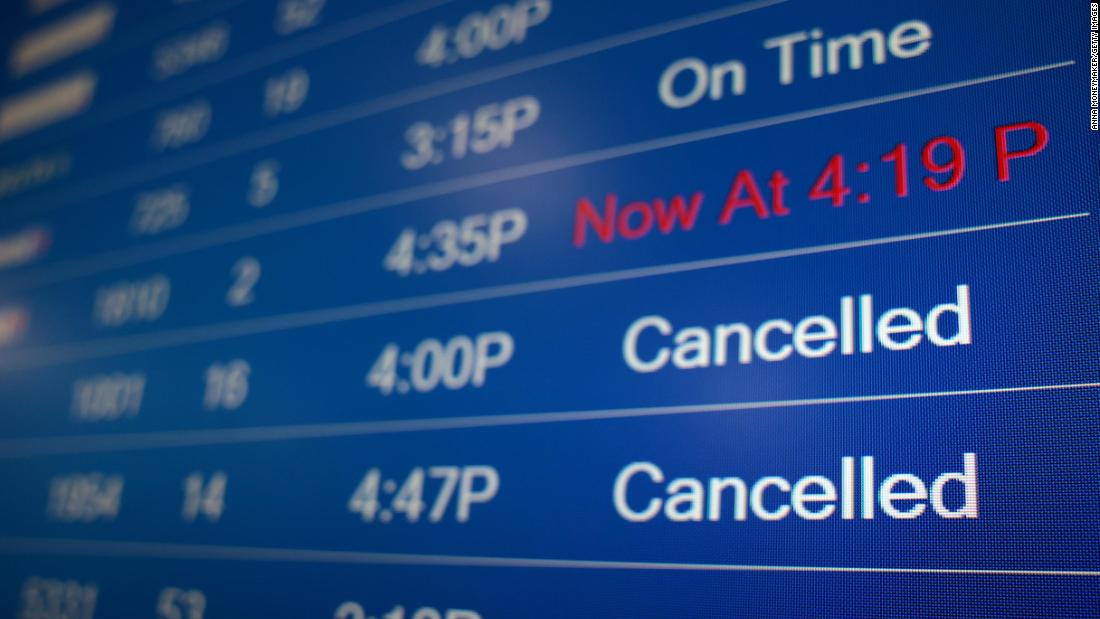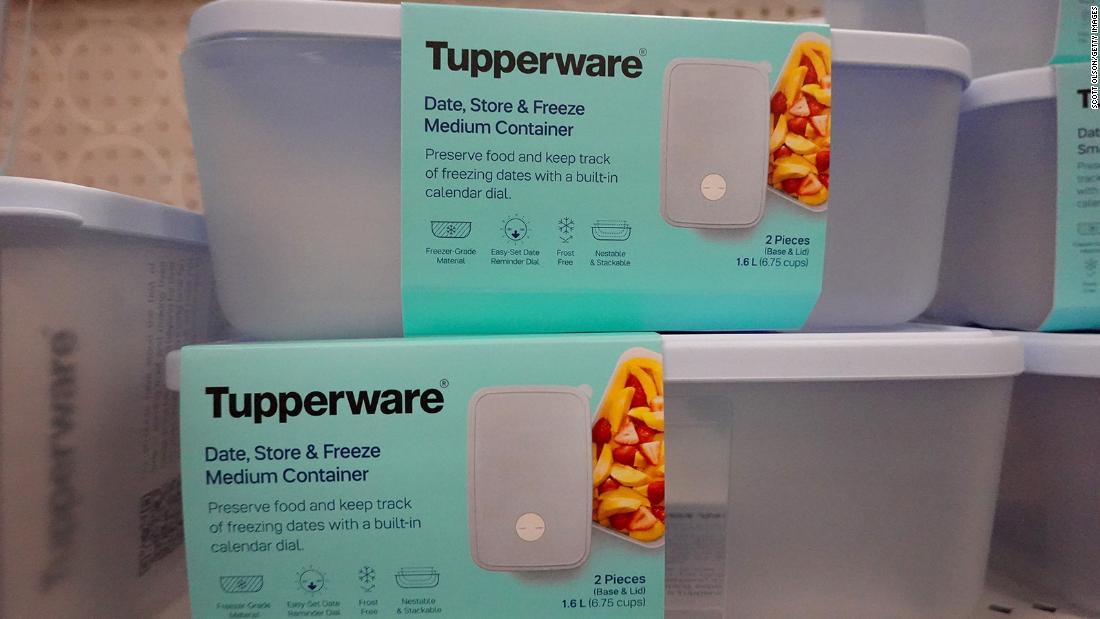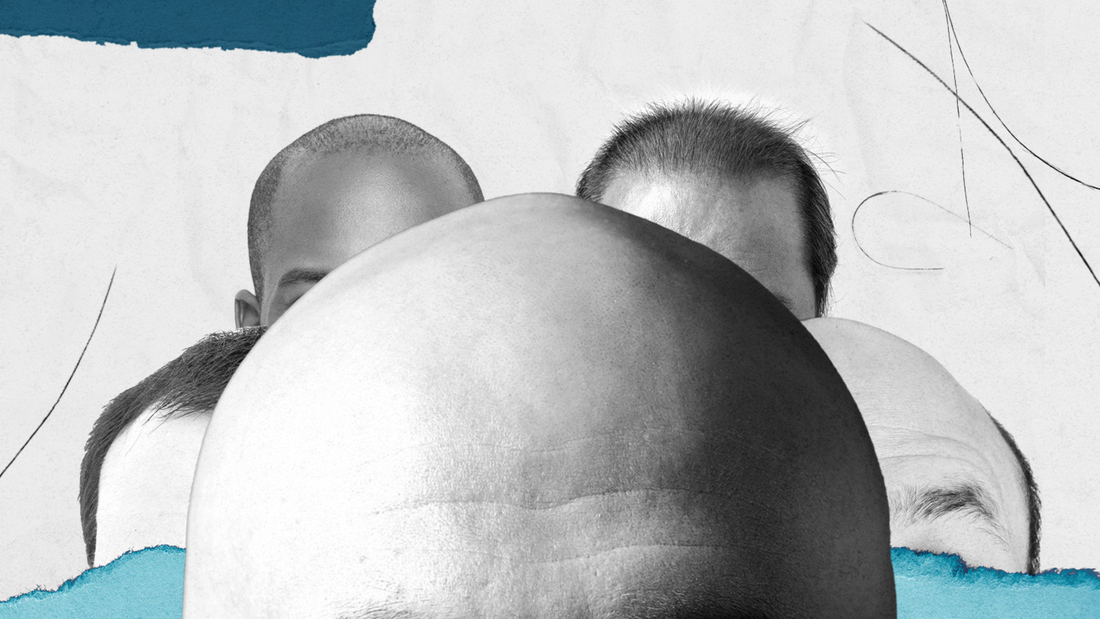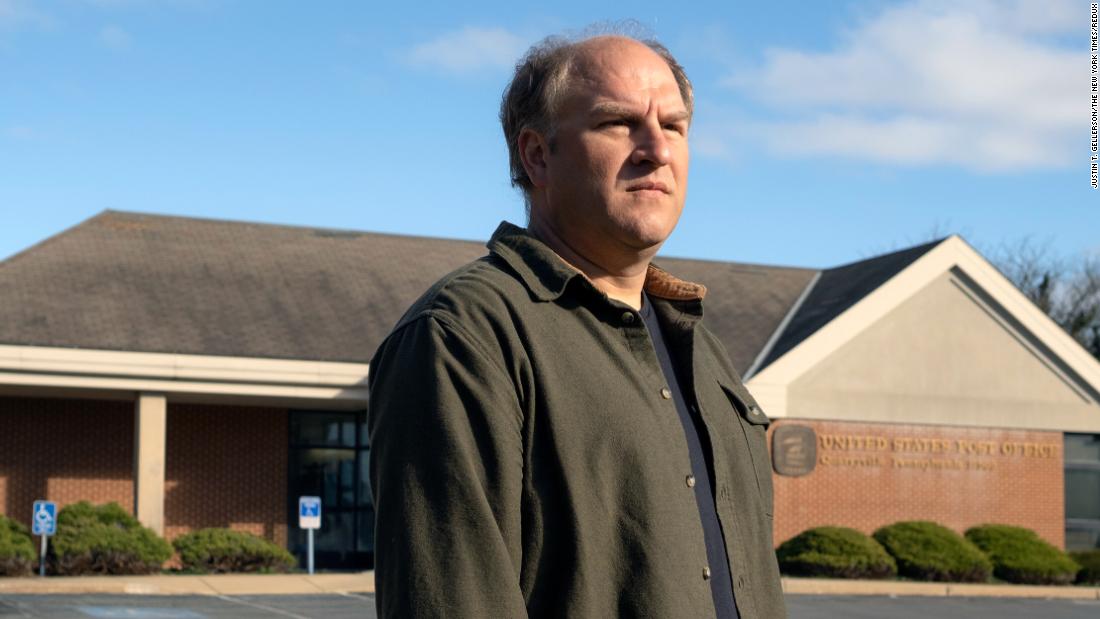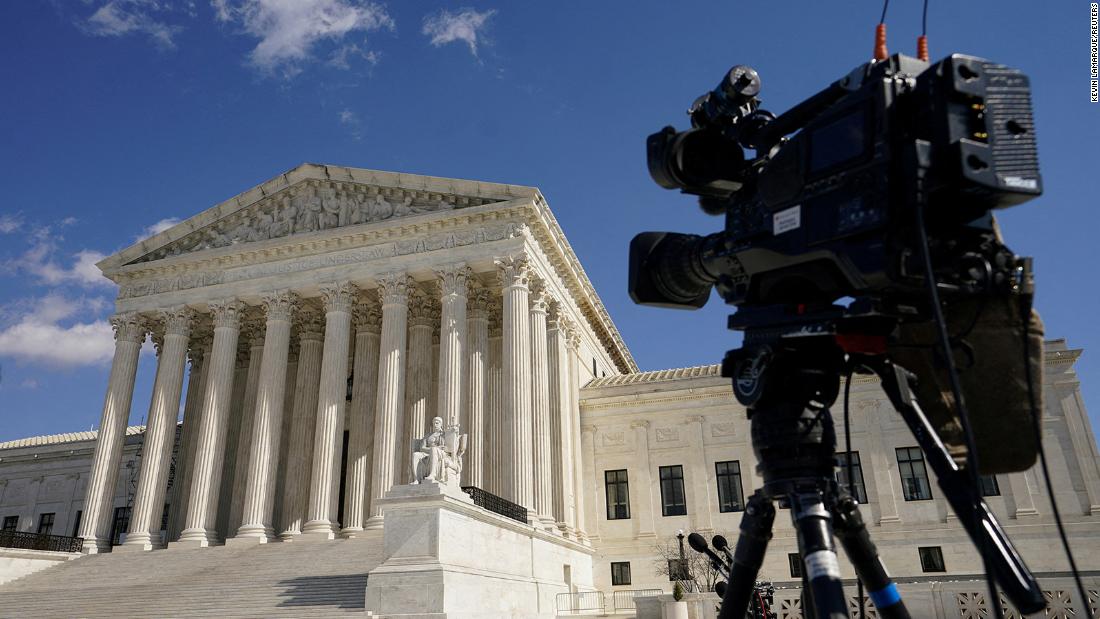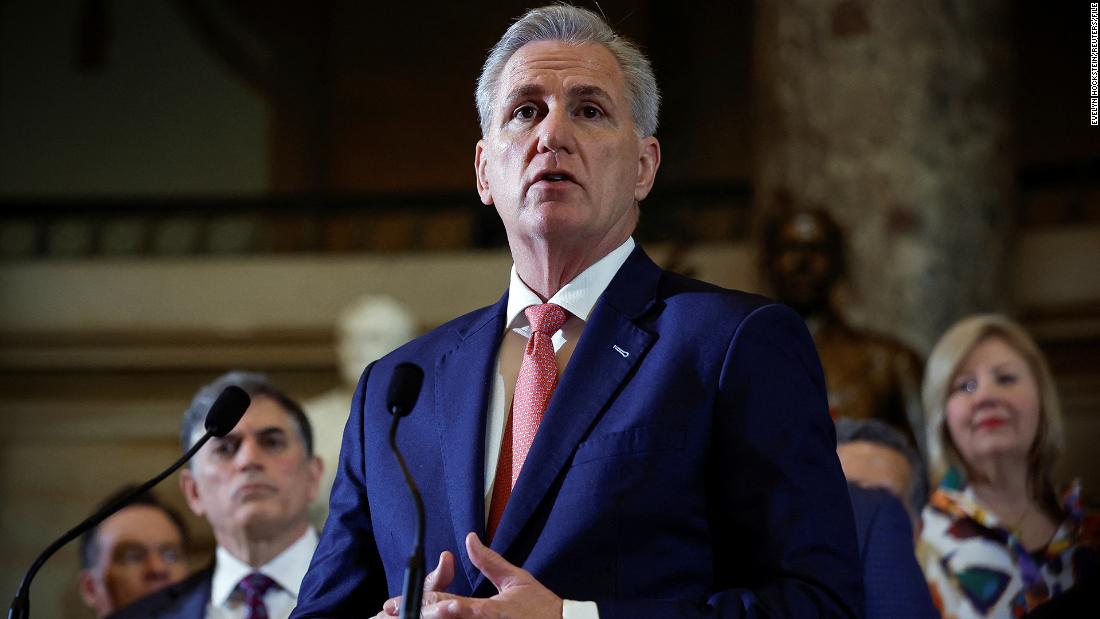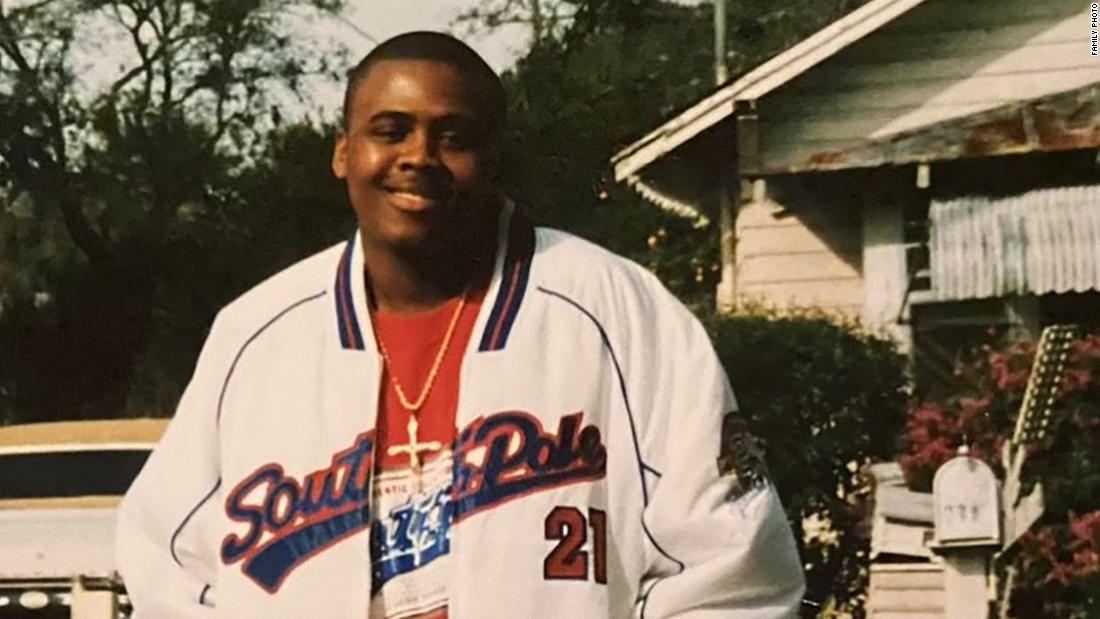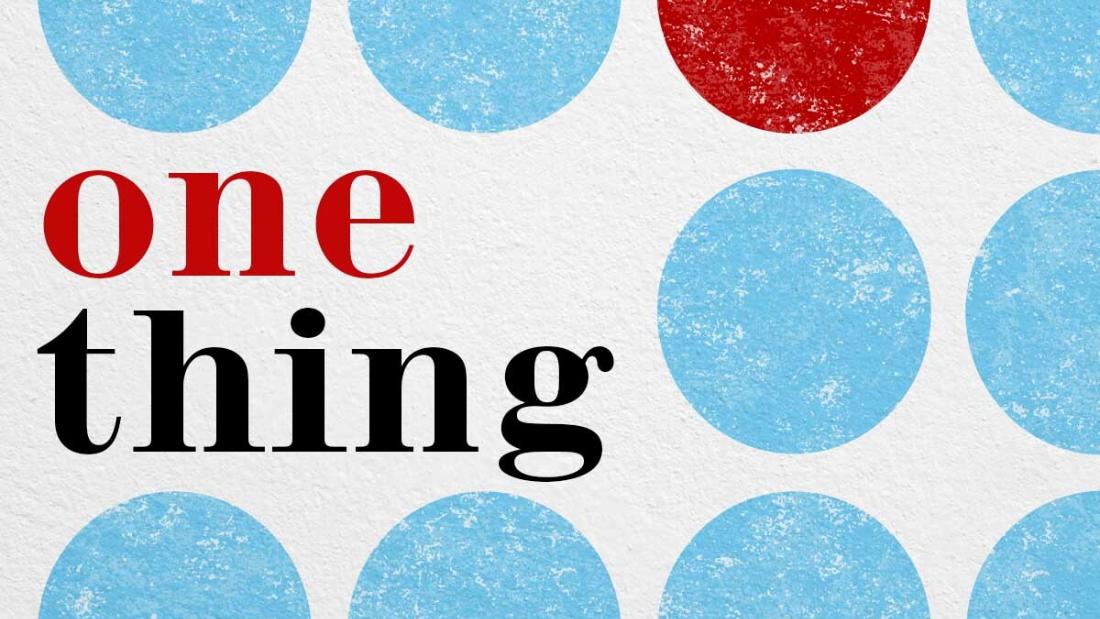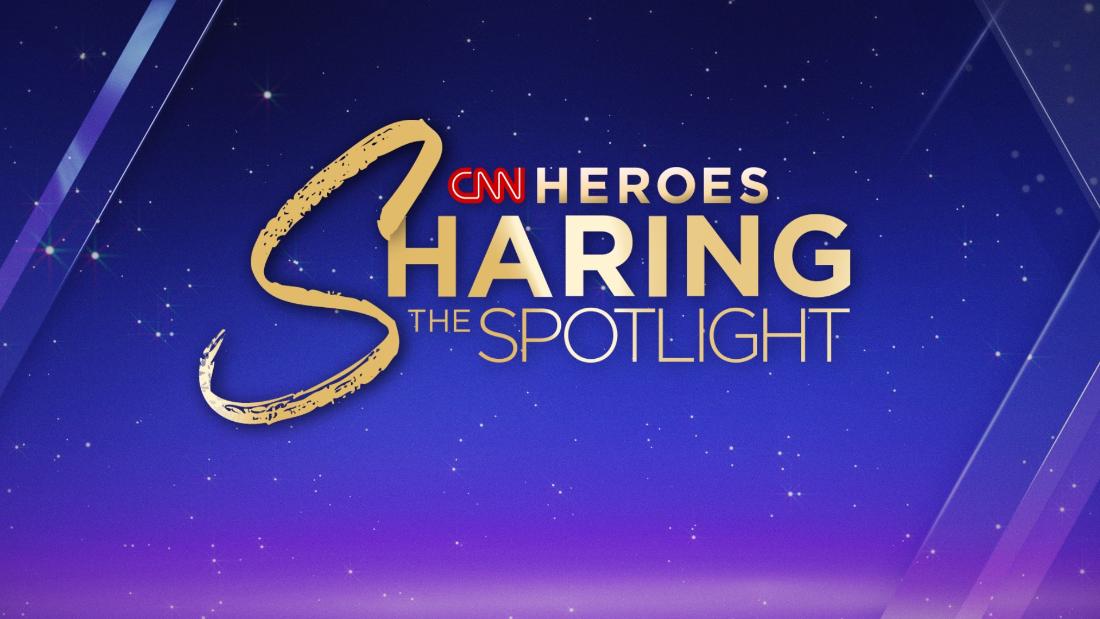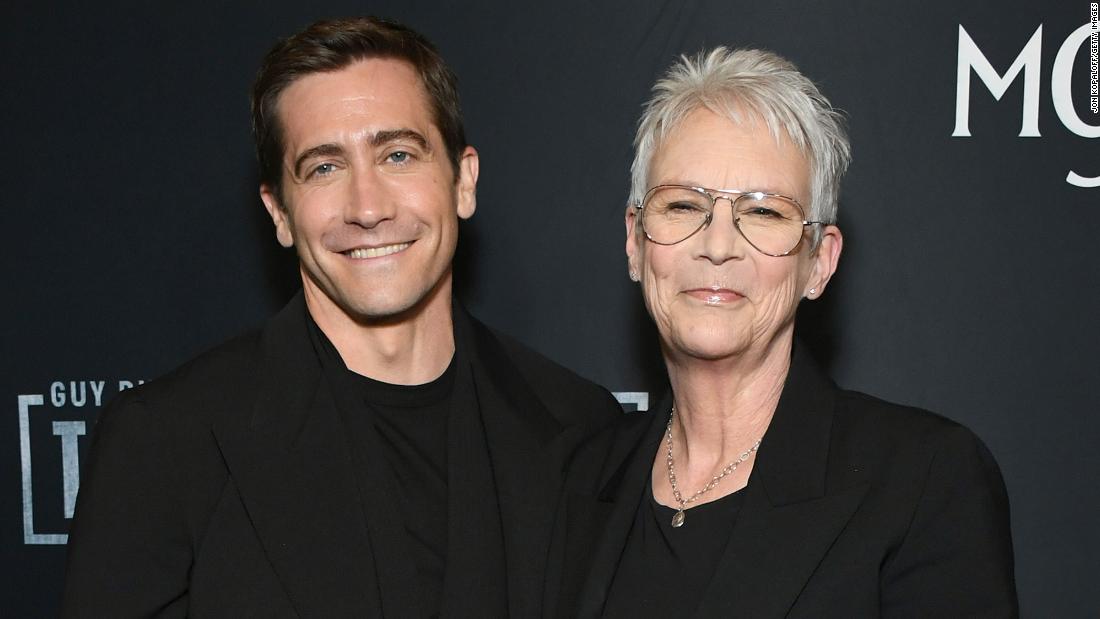Battered and beaten after being interrogated for 17 days by brutal IRA enforcers, teenager Michael Kearney was handed a pint and told his ordeal was over.
The following day he was found dead at the side of the road on the border between Northern Ireland and the Republic – he had been shot twice in the back of the head.
SuppliedSeamus spent decades tracking down the man who killed his brother[/caption]
Pacemaker PressFreddie Scappaticci is believed to have been behind the order to kill Michael[/caption]
Victor PattersonThe hitman was actually a double agent for the British and so knew Michael wasn’t an informant[/caption]
The 19-year-old – who was executed by the paramilitary’s infamous “nutting squad” in in July 1979 – is now though to have been the first victim of notorious executioner Freddie Scappaticci.
From 1978 to 1994, at the height of the troubles in Northern Ireland, the IRA killed over 40 alleged informers.
But the man who often found, brutally tortured, and often killed these men and women was in fact an informant himself- with the chilling codename Stakeknife – and said to be Britain’s most valuable spy.
Directly linked to 18 murders, the cold-blooded killer once told a captive that if he had his way he would be hung upside down in a cowshed and no one would hear him squeal as he was skinned alive.
The would-be victim Sandy Lynch was rescued by British security forces in 1990 – and his capture would lead to Scappaticci’s downfall and the end of his reign of terror in Northern Ireland.
Although Scappaticci’s double life as an agent within the IRA was over, it would be a further 13 years before he was unmasked as the shadowy figure codenamed Stakeknife.
Now a new BBC podcast, Cover: Stakeknife, has uncovered shocking claims about his involvement in the murder of Michael Kearney.
Reporter Mark Horgan and Michael’s brother Seamus have revealed claims that Stakeknife knew Michael was not a traitor to the IRA.
They also found Stakeknife had passed on information to the police and security services that Michael had been court-martialled and interrogated by the IRA and that he would be killed.
Michael’s brother Seamus, who’s a former IRA man, says: “Michael was being interrogated by a British military officer in the shape of Freddie Scappaticci.
“We also know on July 6, it was Scappaticci who told the handler that Michael was court-martialled… [and] at his court martial he has been found guilty but he has put in an appeal and it is unlikely that the appeal is going to succeed. That was his exact words. It is unlikely that the appeal is going to succeed.”
Secret informant
It is believed that British Military intelligence and the RUC Special Branch were informed on three separate occasions that Michael was to be killed.
RTE OneMichael (centre) was just 19-years-old when he was shot dead for betraying the IRA[/caption]
PacemakerScappaticci headed up the IRA’s internal police which dealt with informers[/caption]
Born to an Italian family which came to Belfast in the 1940s and a bricklayer by trade, Scappaticci reportedly crossed over to help the British after being beaten up by the IRA following a row with a senior member.
By the late 70s he was operating at the heart of the IRA, within its internal security unit – known as the “nutting squad” because the informers it uncovered were interrogated, tortured and then shot in the head, the “nut”.
When Michael Kearney was murdered, his brother Seamus was in prison – himself a convicted IRA terrorist.
He had joined the youth wing of the IRA when he was just a teenager, running road blocks for them as a 15-year-old.
He joined the IRA as soon as he turned 18, but Seamus says he never spoke to his younger brother about it.“When I was in the IRA I didn’t discuss anything with him,” he explains.
“He was more interested in going to dances, going to cars. He loved old cars, fixing them and driving them around.”
Death is nothing to us. It means nothing when you are in a war like that
Seamus Kearney
In 1977 Seamus was convicted of conspiring to murder a member of the security services as well as possessing firearms and ammunition. He was sentenced to 14 years in prison.
He later joined the IRA blanket protests as a prisoner and by June 1979 he was two years into his sentence in the notorious H Block prison.
Seamus says: “He didn’t seem to be interested so that’s what I was surprised when someone told me he was in the IRA. I asked (their other brother) Sean about that and he says you are the reason why he joined. That was the only reason, the H Block thing, he was upset. So I felt guilty. I will always feel guilty. I will feel guilty for the rest of my life.”
On June 20 1979, Michael was stopped by British troops near his home in Belfast and arrested by the RUC.
He was searched and found to be in possession of the keys of a commandeered vehicle. He was taken to Castlereagh police station and questioned for three days.
Raised suspicions
Pacemaker PressSandy Lynch managed to escape Scappaticci’s torture[/caption]
BBCThe Troubles is one of the most violent periods in modern history in Ireland and the UK[/caption]
When he was released from custody he followed the standard IRA procedure for someone in his position – they must meet with the officer in command of their unit and write a debrief report.
In Michael’s debrief he wrote: “The only break from the interviews is when they went down for their meals and put me in my cell for my meals, which I refused to take.
“During this day I was constantly humiliated, punched in the stomach, clipped across the balls and made to do physical exercises. At about 9.45am I broke and told them about the flat. They threw me back to the cell.”
During his interrogation Michael had told police where a small stash of waterlogged explosives was in a shop.
His report goes on: “At about 12 O’Clock they came back and told me they had got the stuff from the flat. They then told me they were charging me with hijacking, membership and conspiracy to murder and kidnapping because forensics they said proved that I was in the car and I was caught with the keys in my possession.
“At 12 O’clock they brought me up and said they were charging me with all these charges unless I gave them more information. I told them I wished to be charged and wanted out of Castlereagh. This is when they made a deal. They said if we let you go will you become an informer for us?”
Michael said he didn’t know, maybe. He later said he just wanted the interrogation to end to get out of the station.
But by simply leaving the police station without being charged with anything raised huge suspicions within the IRA.
17-hour interrogation
AlamyThe IRA used violent tactics as part of their fight to get Irish independence[/caption]
After meeting with his commanding officer and writing the report Michael was told he would have to meet with the newly formed internal security unit of the IRA.
On 25 June, he was told to go to a roundabout where he was picked up by two cars – one containing Freddie Scappaticci. He was driven south of the border to a house where he was interrogated for 17 days.
From the start of the troubles Scappaticci had been a low level member of the IRA but quickly worked up the ranks. He had been jailed on the day the controversial Government policy of internment without trial started in 1971.
When he was released in 1974 he became the commanding office of the Belfast brigade of the IRA, but was rearrested just a few months later, celebrated in the UK press as the jailing of a top-ranking terrorist.
He was eventually released on the day the Government ended the policy of internment without trial in December 1975.
But after almost a decade of war the IRA was developing a serious problem with informers – recruiting members of the IRA became a major tactic for both the RUC and the British Army.
Knife-edge double life
AFPMartin McGuinness was at the heart of the Irish peace talks from 1996[/caption]
So in 1978 the terrorists formed an internal security unit to tackle the problem – to hunt down informers within its ranks, interrogate them, and deter others – the outing squad.
By 1979 Scappaticci was second in command of the IRA internal security unit.
But in his incredible knife-edge double life, Scappaticci had also become an experienced agent for British security forces and was allegedly detailing to his handlers exactly what was happening to Michael Kearney.
On July 11, after 17 days of torture, Michael was told he was leaving the interrogation house in Dundalk.
Seamus says: “Michael is told he is going home and he is taken to the Imperial Hotel and a guy comes in and sees him he had a pint of Harp in front of him. He thinks he is going home.”
What is even worse than death is the stigma of an informer or a traitor.
Seamus Kearney
This was the last sighting of Michael alive.
Seamus thinks they got Michael drunk before they drove him down windy country roads towards the border and his final fate.
Another car left the North to drive South – the car containing the shooter. Michael was found shot in the head.
It was when Seamus was released from prison that his heartbroken mother begged him to find out what had happened to Michael.
The IRA
The Irish Republican Army has been in existance since 1919 which was formed to fight against the British in the Irish War of Independence.
But this early section is now referred to as the Old IRA.
The milita was reborn in the 1960s and split into two factions, the Officail IRA and the Provisional Irish Republican Army.
And the Offical IRA became defunct when Official Sinn Féin took over as the politial wing of the fight for Irish independance.
The Provisional IRA was responsible for the milita tactics employed throughout the troubles.
They launched an offensive campaign against the English in 1970 and were responsible for the deaths of 1,700 people during The Troubles.
In 1997, as a result of the peace talks, another splinter group formed dubbed the Real IRA which was against the peace process.
On 28 July 2005, the IRA declared an end to the armed campaign.
When he first started asking for answers in republican circles one name was mentioned – Freddie Scappaticci. Who he also learned was the double agent Stakeknife.
He believes the security forces knew what was happening to his brother, where he had been taken and crucially that he wasn’t an informer.
Scappaticci died at his home in Guildford, Surrey, last year. But Seamus believes if he could’ve spoken to him he may have got to the truth.
“So basically if he was here today he would say yes Seamus I was involved in the execution of your brother, I played a role. But I wasn’t the only one.”
Executioner confession
PacemakerSeamus has spent years trying to track down who killed his brother[/caption]
With his IRA connections, Seamus managed to talk to the shooter – the man who killed his brother.
“He’s told ‘you are coming down to shoot an informer.’ That’s all he is told. He gets out of the car with a weapon. He says this big lad gets out – (Michael) was tall, he was 6ft 3in. He says the big lad wasn’t hooded and gagged.
“And he says ‘I was surprised he wasn’t wearing a hood or was gagged.’ The two with him say, ‘Mick you’re not going home.’ He accepted it. And he was brave, (the shooter) says he was brave.
“He says ‘can I say a prayer’, that would be typical of him, and he started praying. He says ‘I come up behind him and shot him twice in the back of the head and he dropped’.”
Michael Kearney is believed to be the first of many suspected informants tortured and murdered by Freddie Scappaticci and the unit.
“Death is nothing to us,” says Seamus. “It means nothing when you are in a war like that. What is even worse than death is the stigma of an informer or a traitor. That is worse than death.”
Double identity revealed
Scappaticci’s double life wasn’t revealed until after The Troubles endedRex Features
Scappaticci wasn’t outed by the media as Stakeknife until 2003.
He denied it and fled Northern Ireland a year later when a recording surfaced of him talking to journalists about senior republicans, including Martin McGuinness.
He briefly came out of hiding to protest his innocence and gave a short press conference in which he denied the allegations and ongoing rumours that he was an informer. He claimed not to know why he was codenamed Agent Stakeknife.
He lived alone in Guildford, Surrey, under state protection until his death last year. His neighbours knew him only as Frank.
Cover: Stakeknife is on BBC Sounds now
HE DID BIT FOR PEACE
By Leo McInstry
THE Troubles in Northern Ireland were a dirty conflict, and no aspect of the brutal fighting was dirtier than the saga of Freddie Scappaticci.
This courageous but cold-blooded ex-bricklayer, whose very nickname of Stakeknife exuded menace, was reputed to live an extraordinary double life as both the Provisional IRA’s head of internal security and a British agent.
This involved agonising choices and lethal dilemmas.
His position as the Republicans’ chief spycatcher made him invaluable to British intelligence. But protecting his cover meant the police and Army often had to turn a blind eye to his ruthless activities, even where innocent lives were lost.
There are allegations Stakeknife’s unit was responsible for at least 30 deaths, while he has been directly linked to the murder of 18 suspected IRA informers.
But, ultimately, the ends justified the means. Due in part to the crucial information supplied by Stakeknife, the IRA was destroyed from within.
Trust among its members collapsed. By the early 1990s, eight in every ten operations in Belfast were being thwarted. As its capacity to wage war collapsed, the Republican movement was forced to the negotiating table.
The peace process was effectively a long negotiation over the terms of surrender.
Kieran Conway, a former head of IRA Intelligence, recalled that at this time “the attrition rate was appalling. It was clear we were losing the war, if we had not lost it already.”
In his own savage way, Stakeknife helped to make the Good Friday Agreement possible.
Published: [#item_custom_pubDate]














